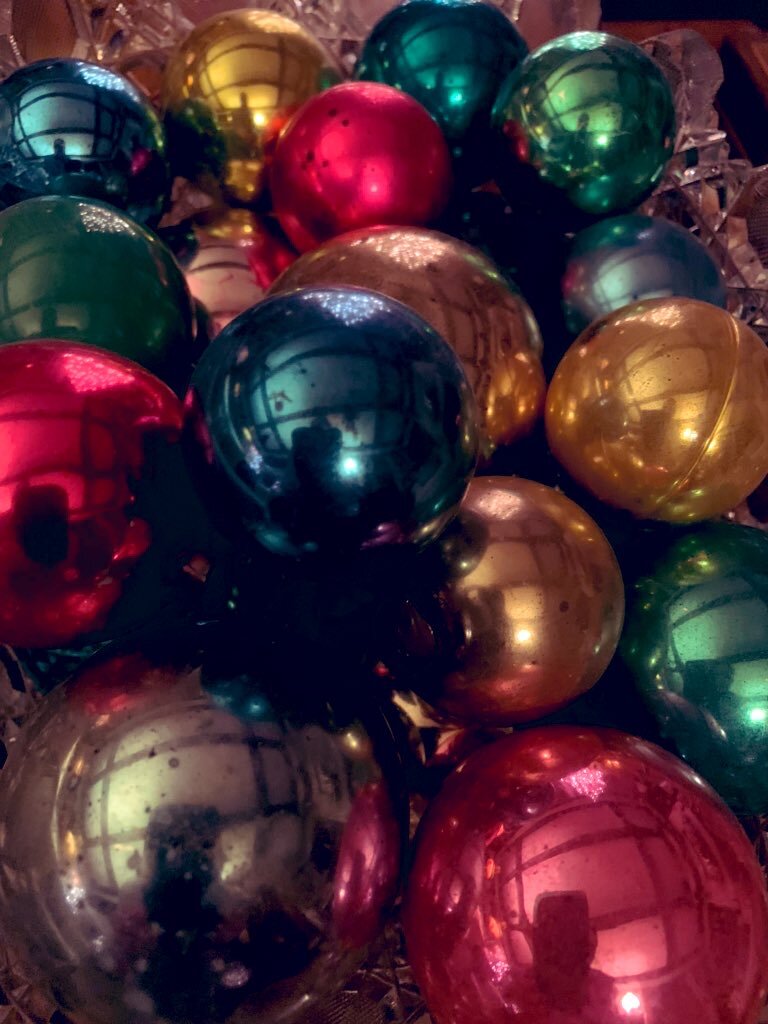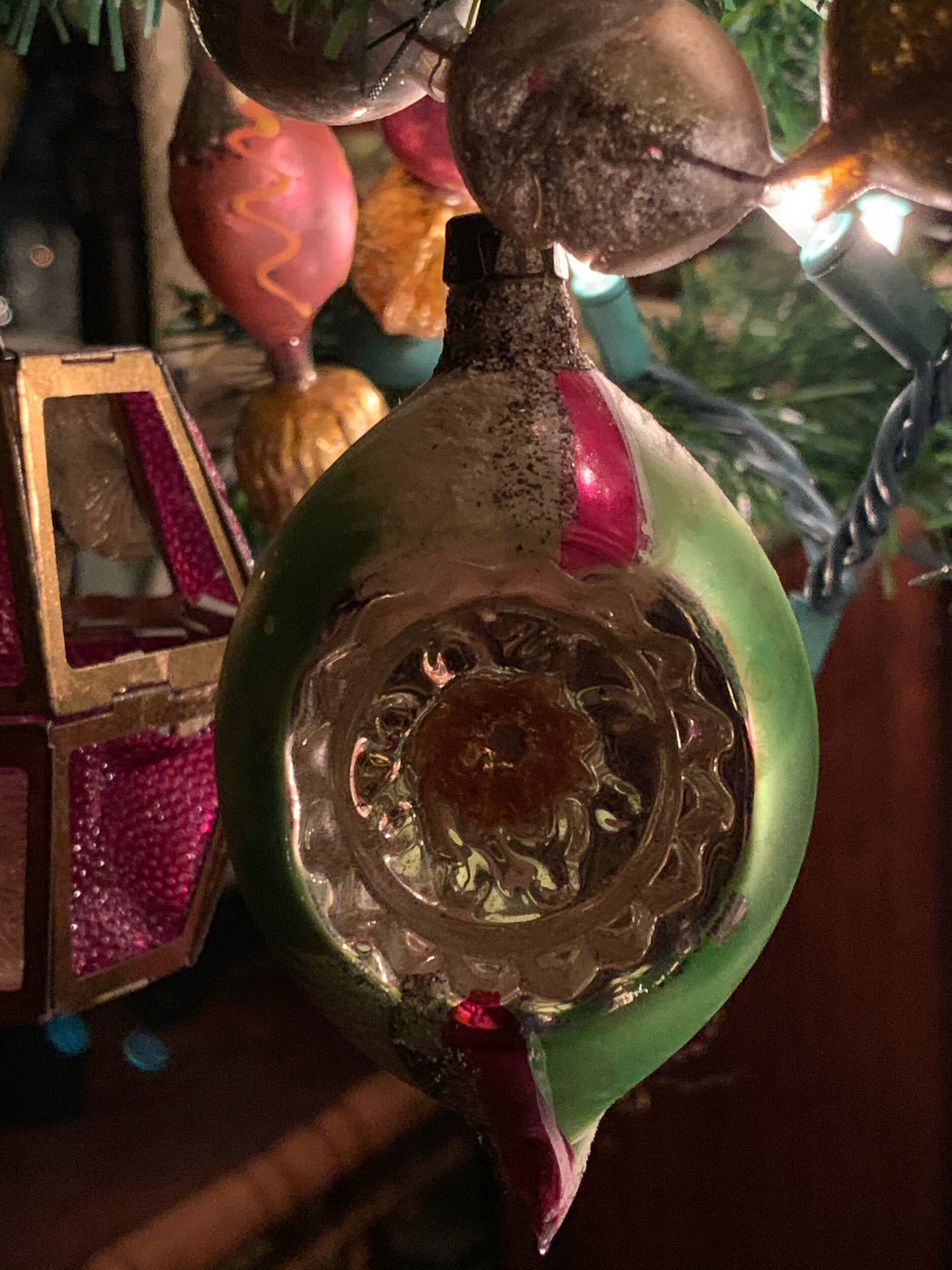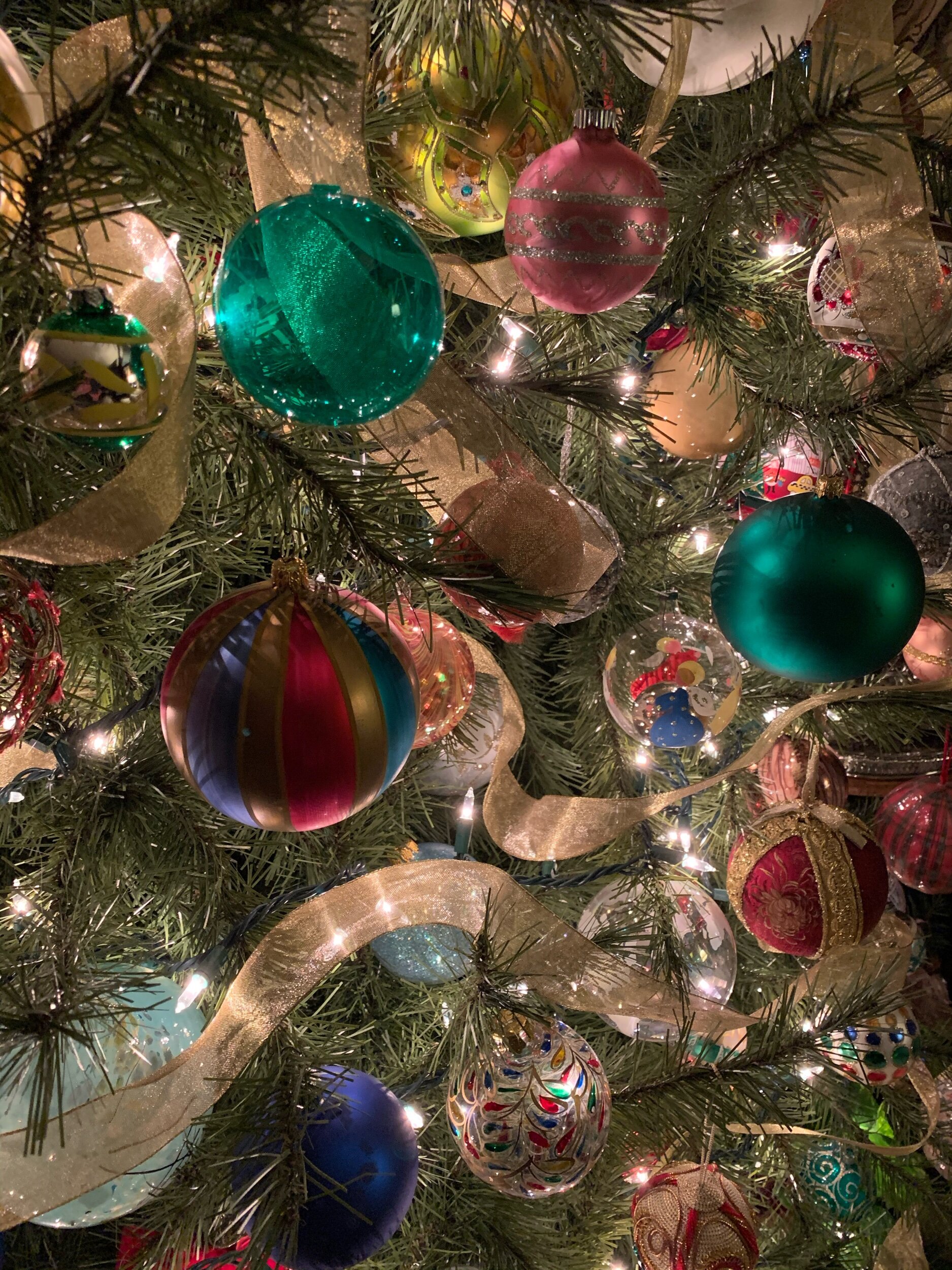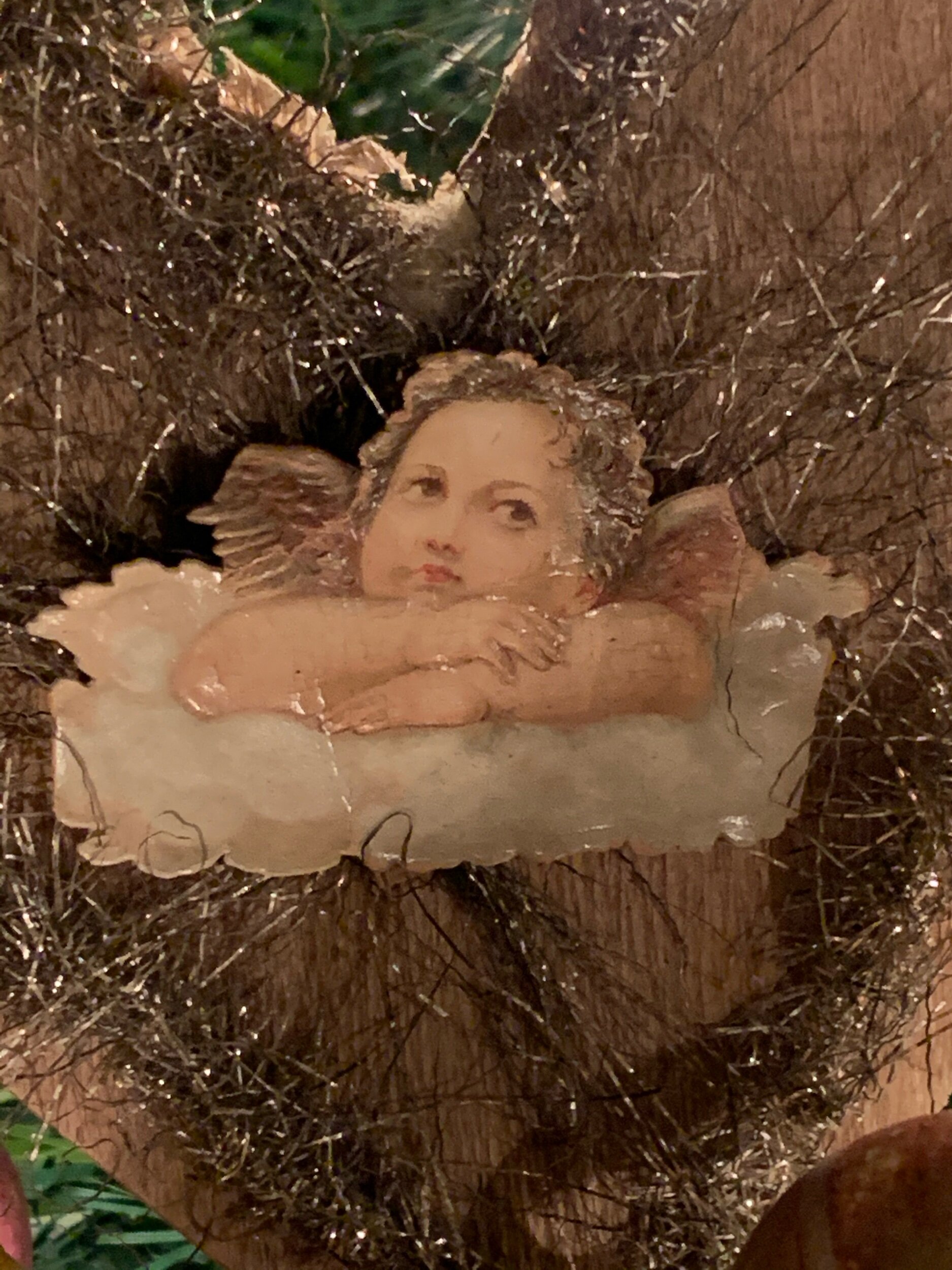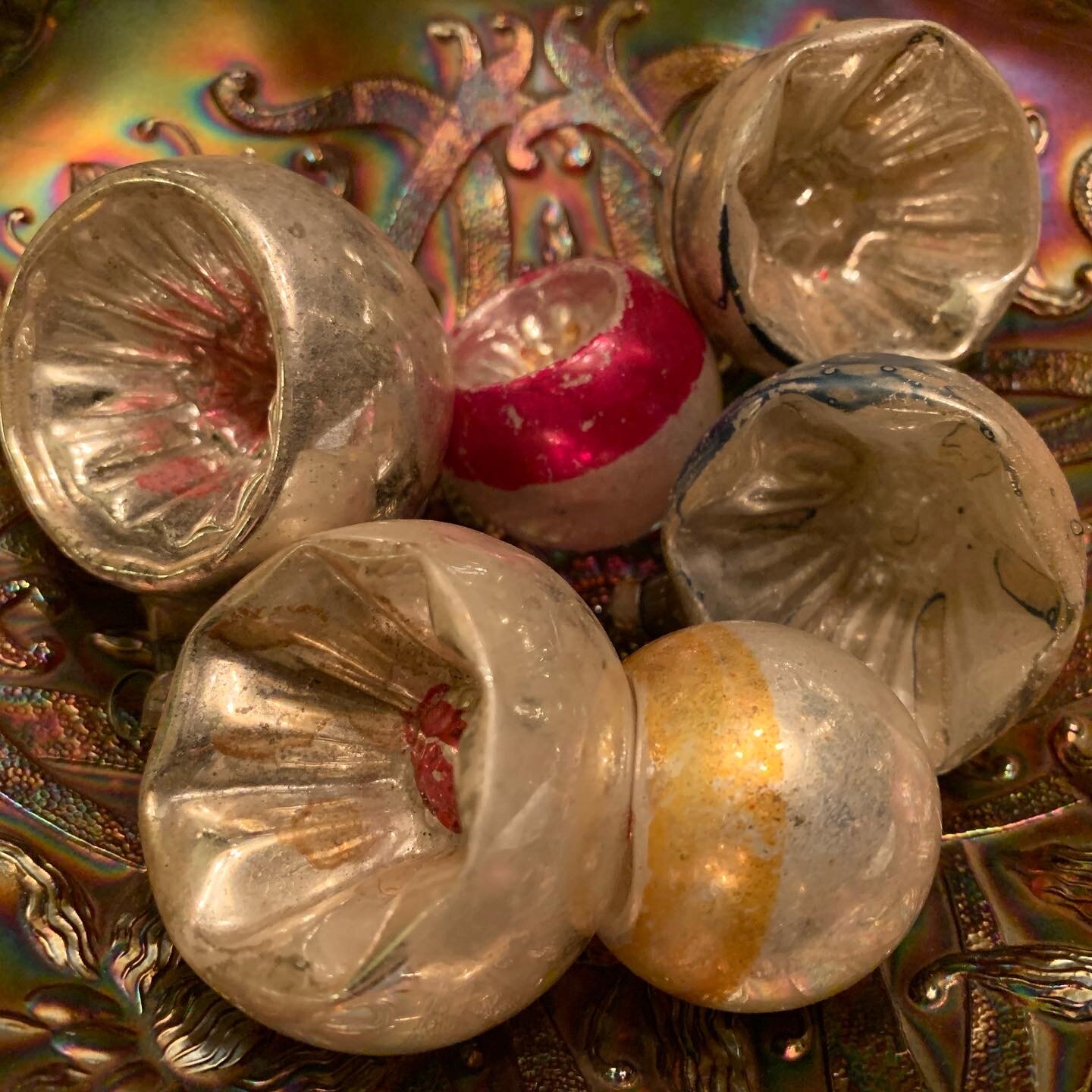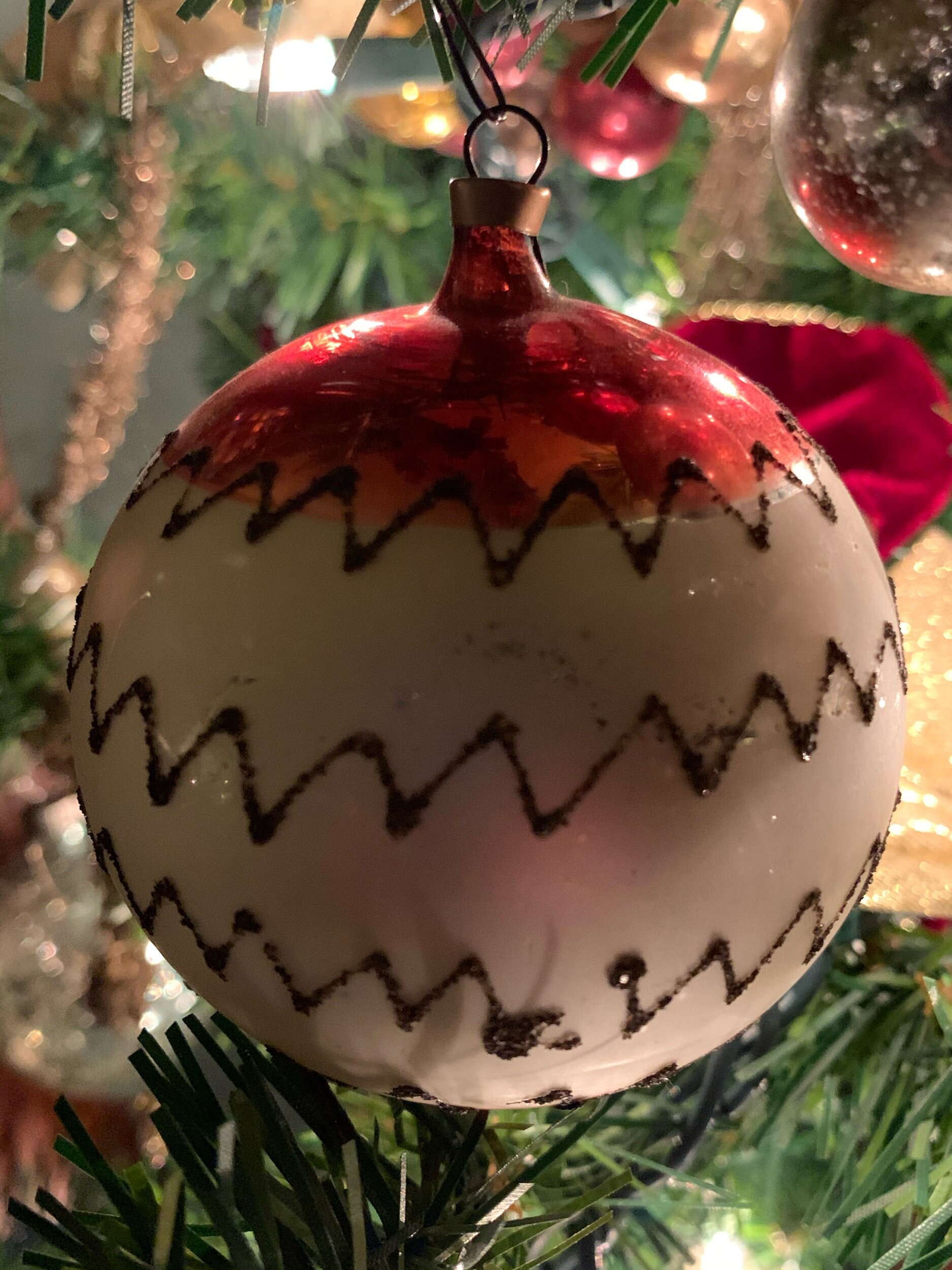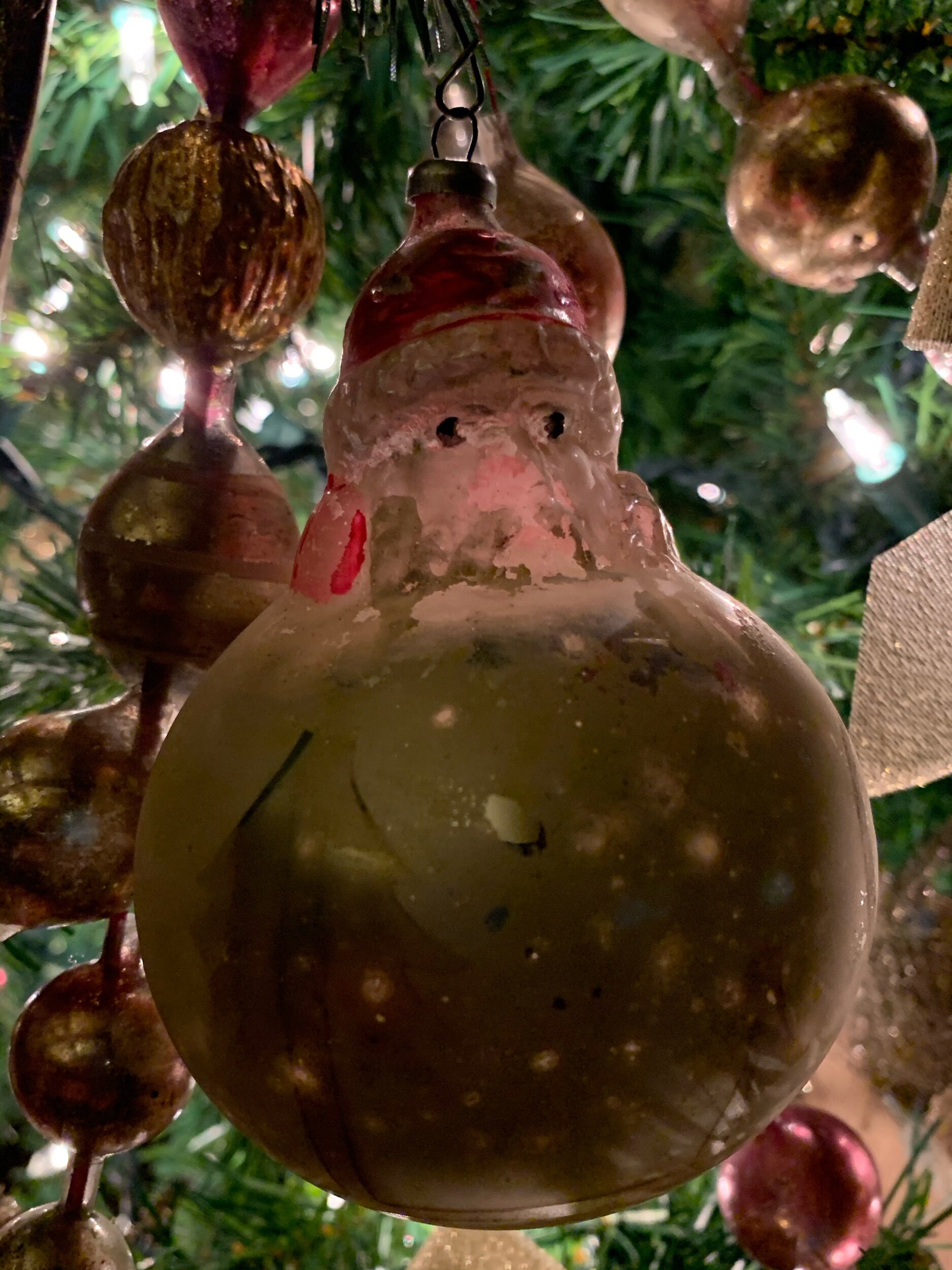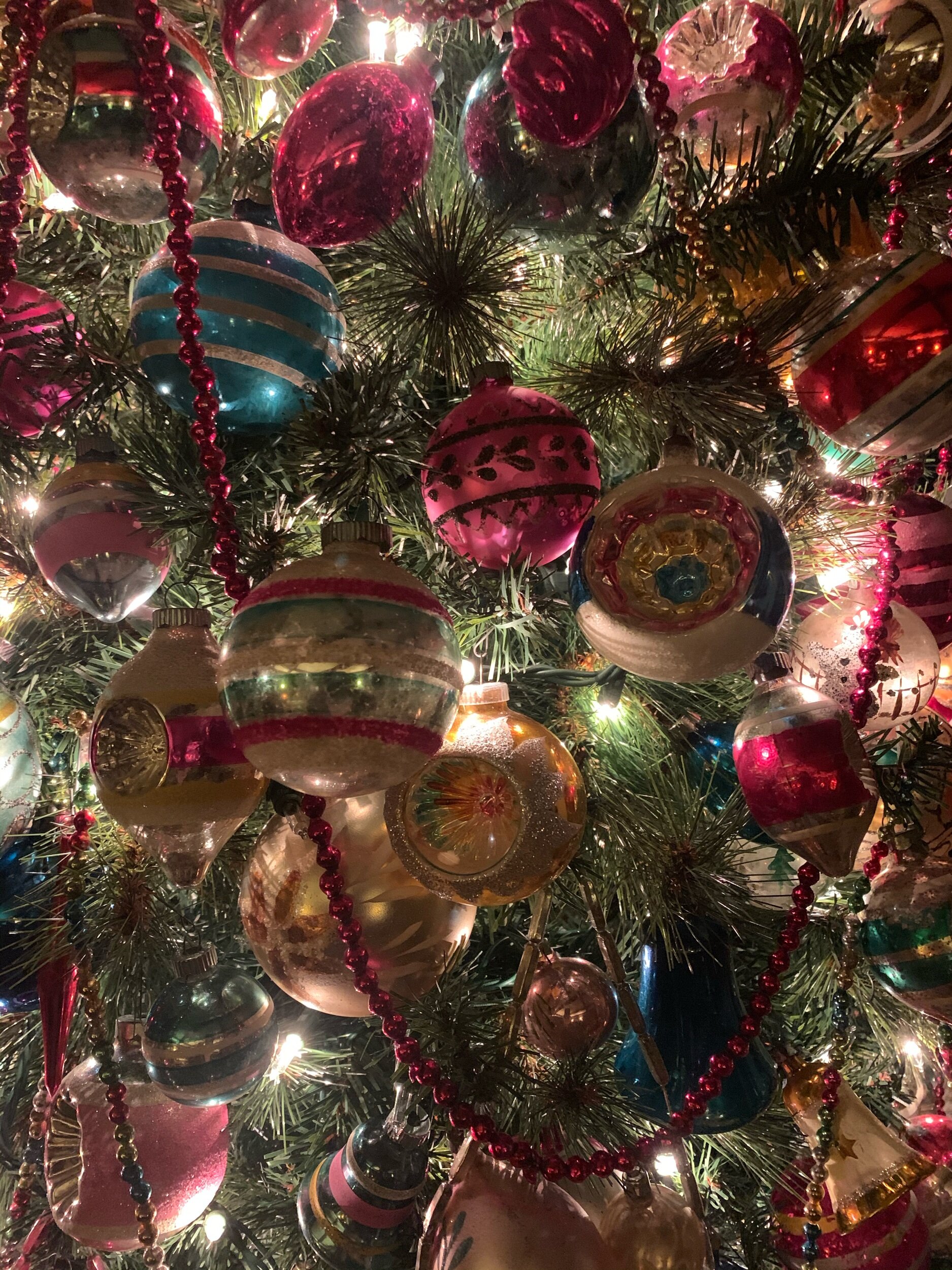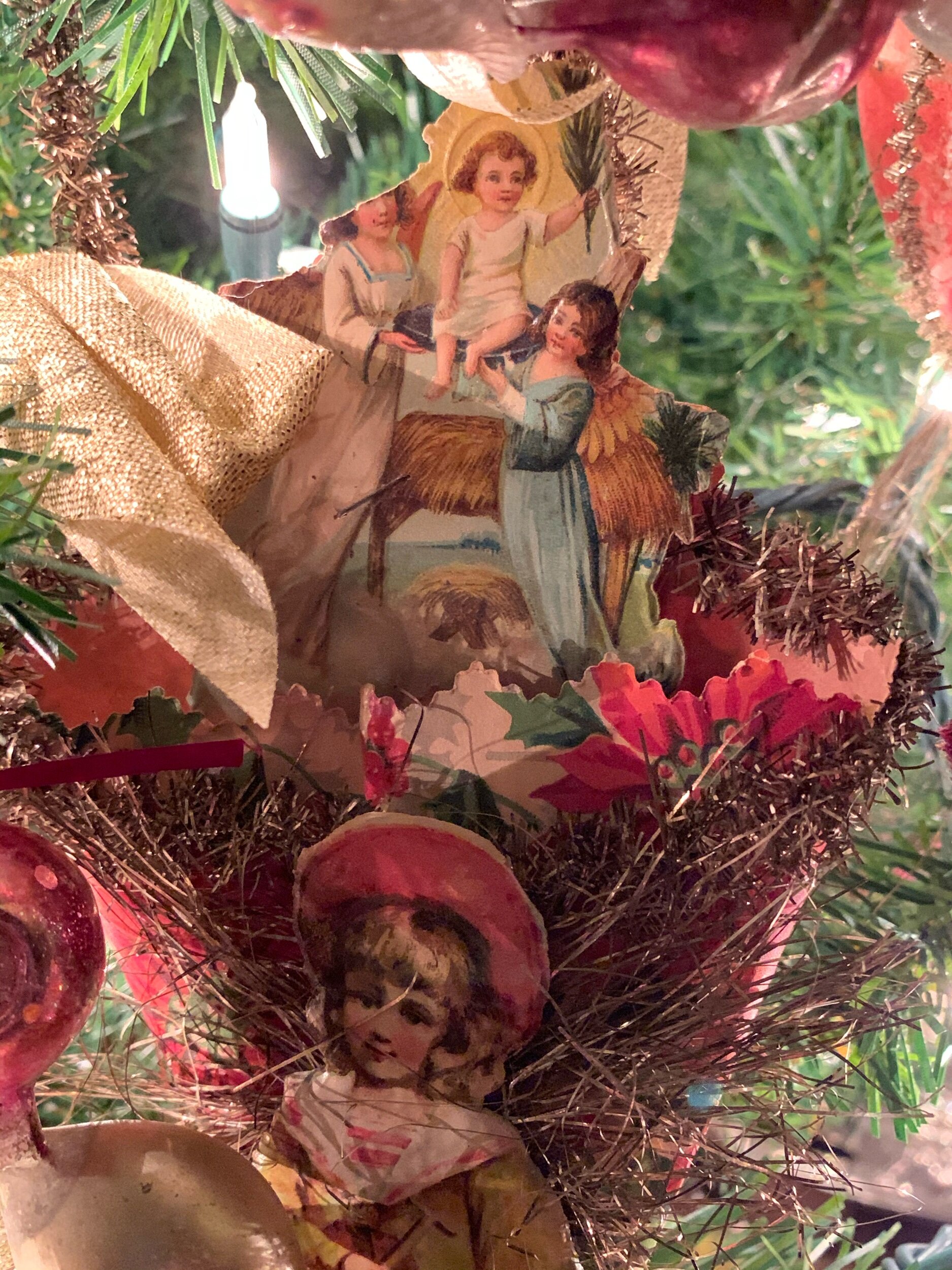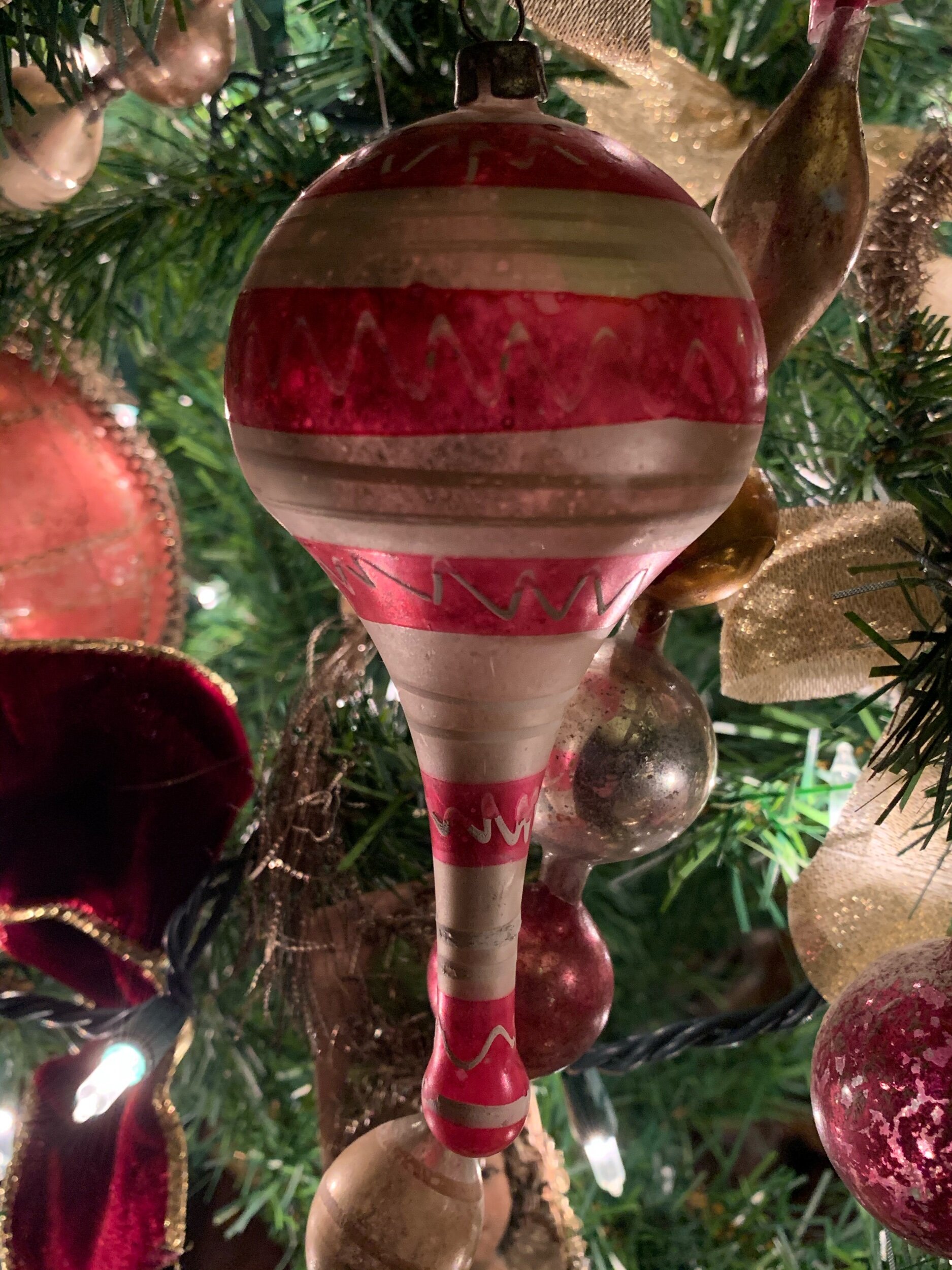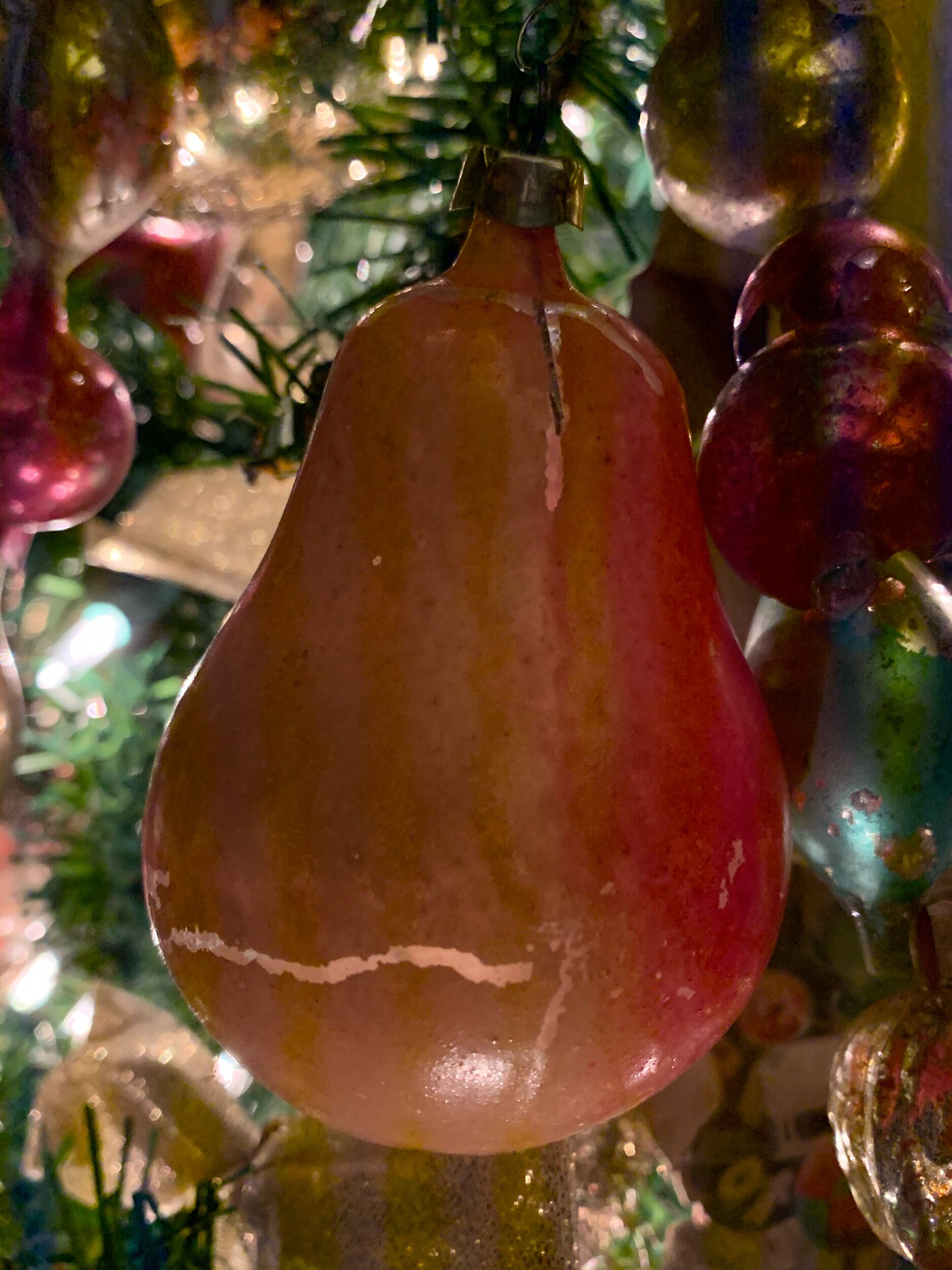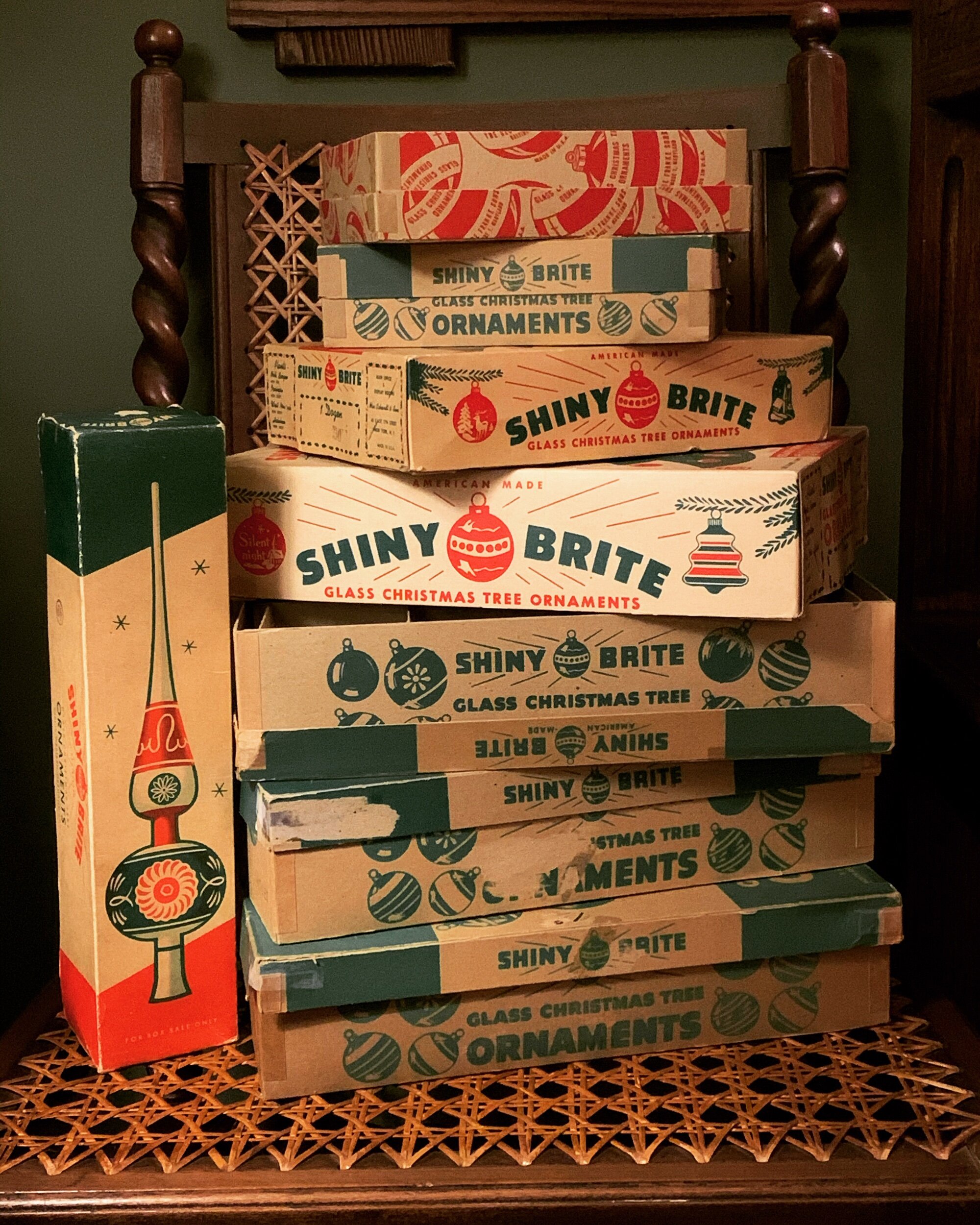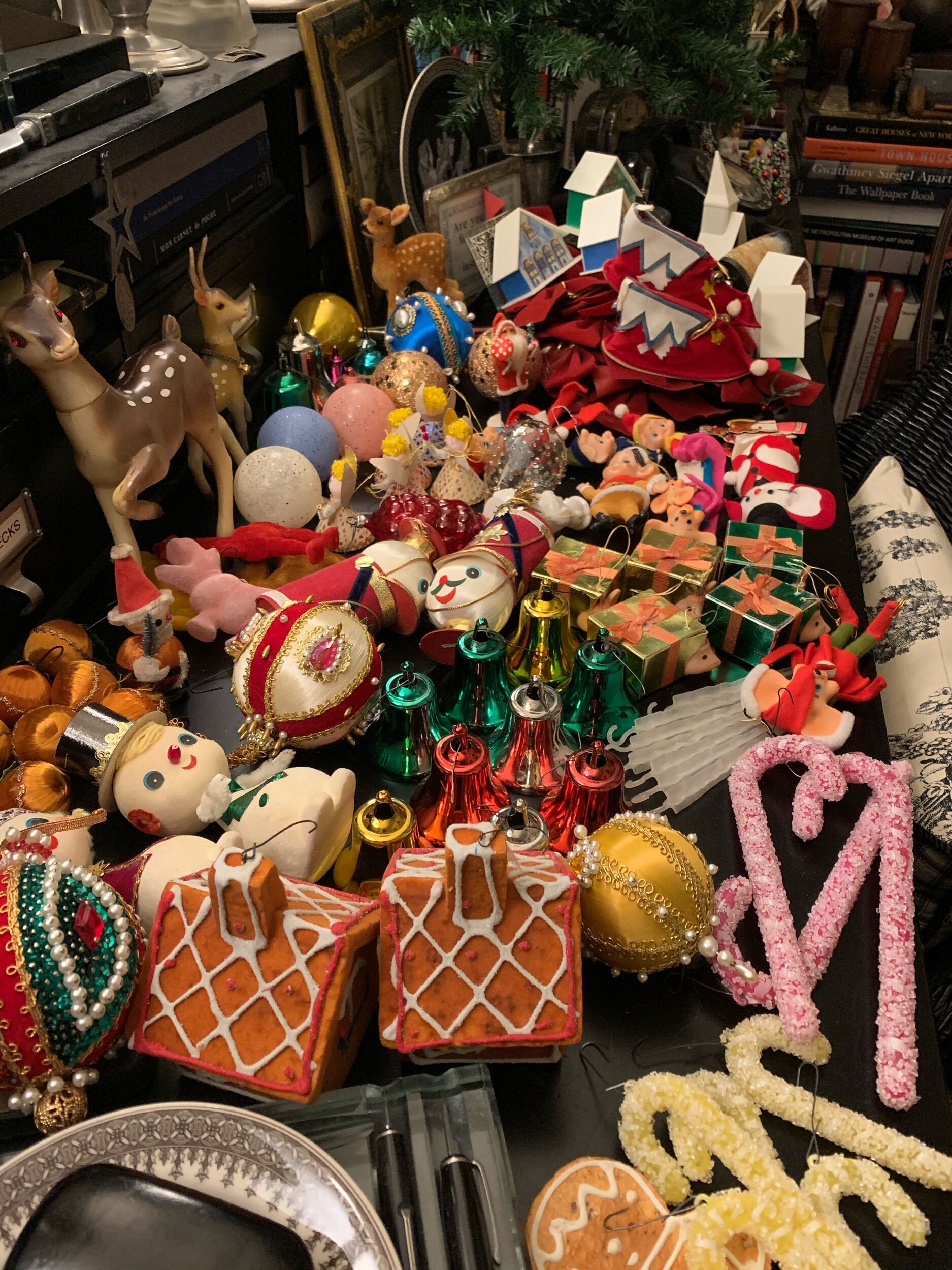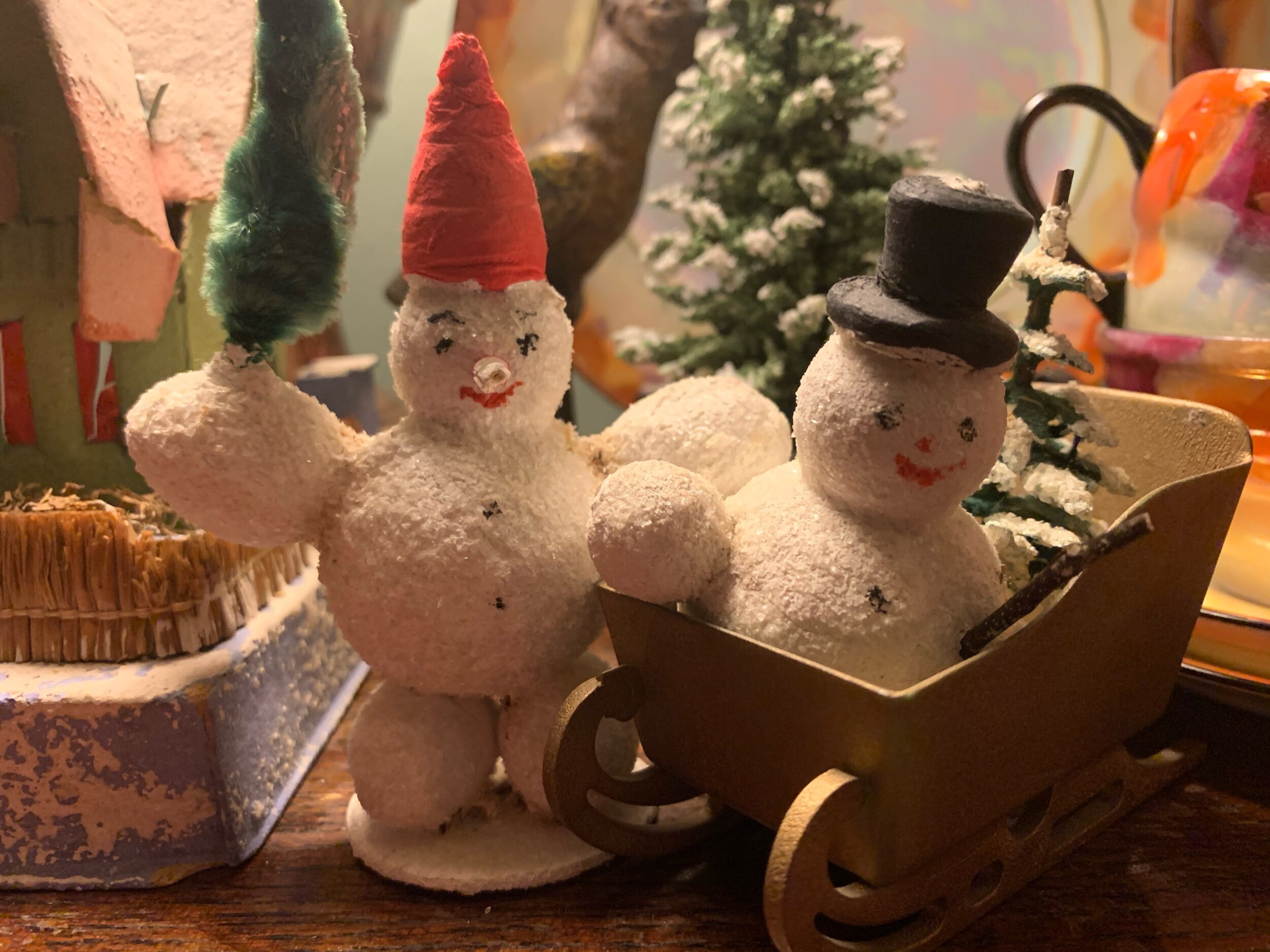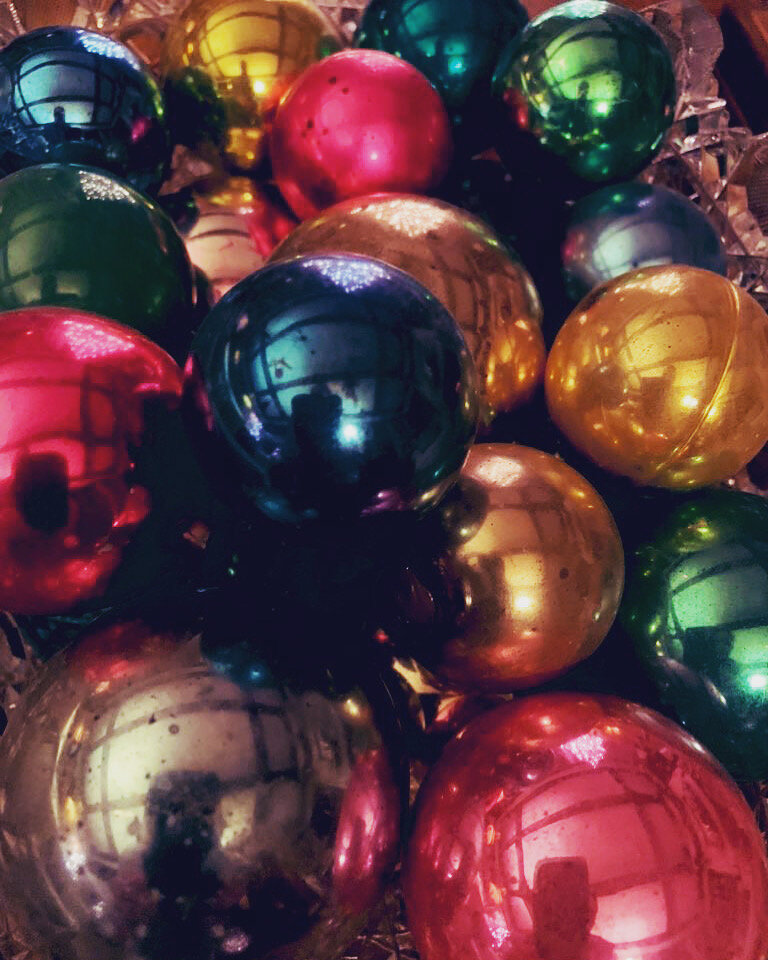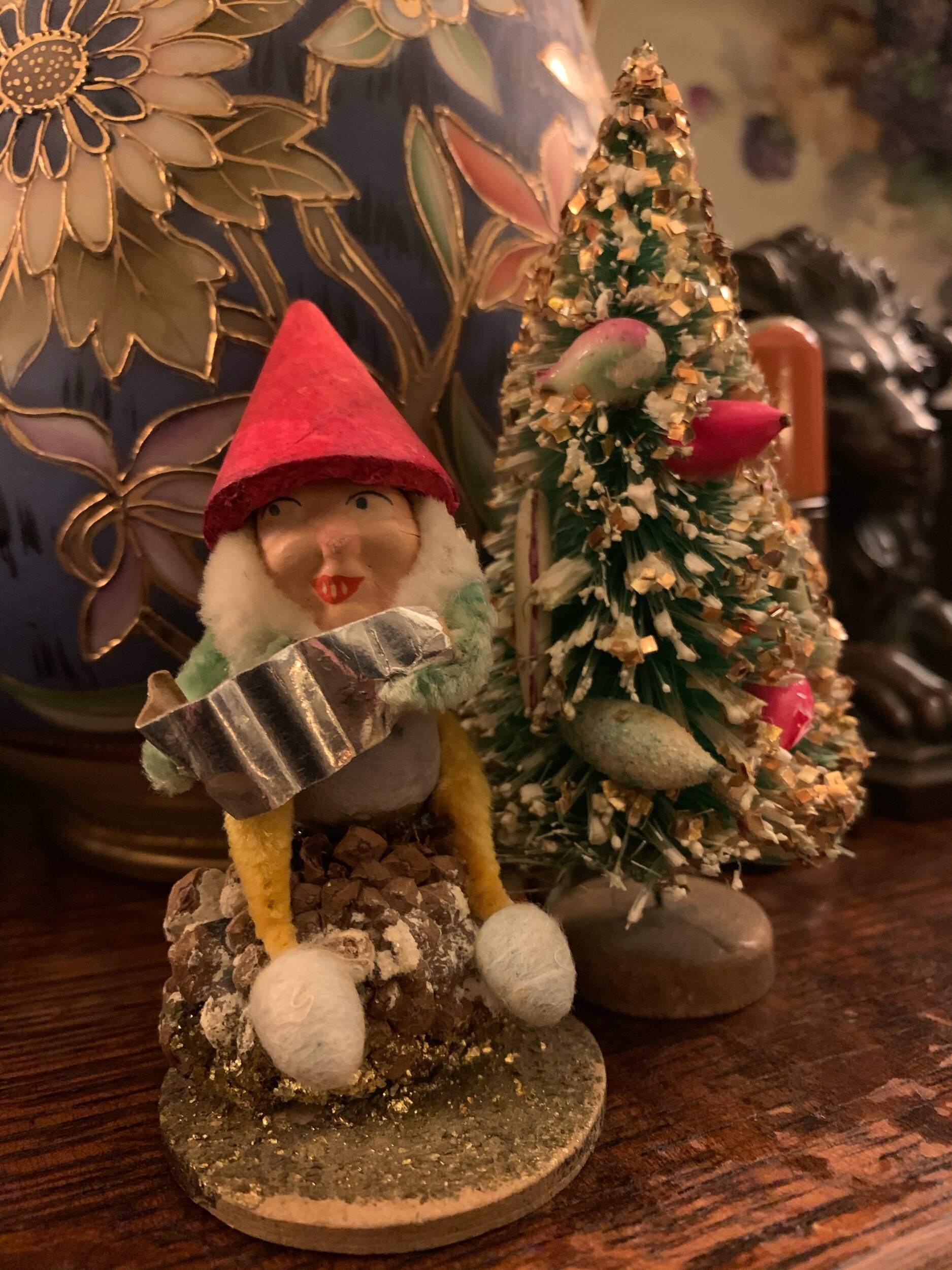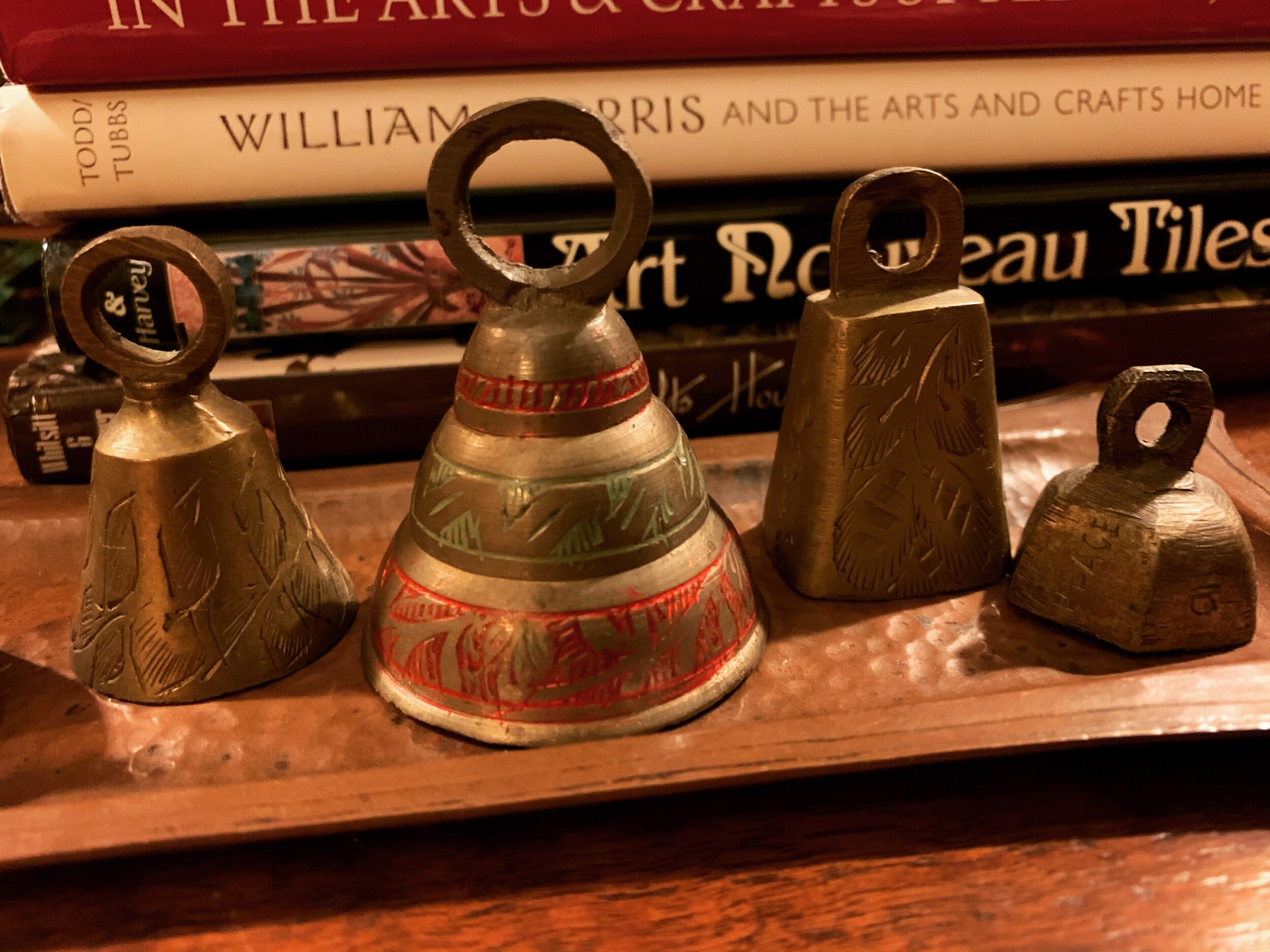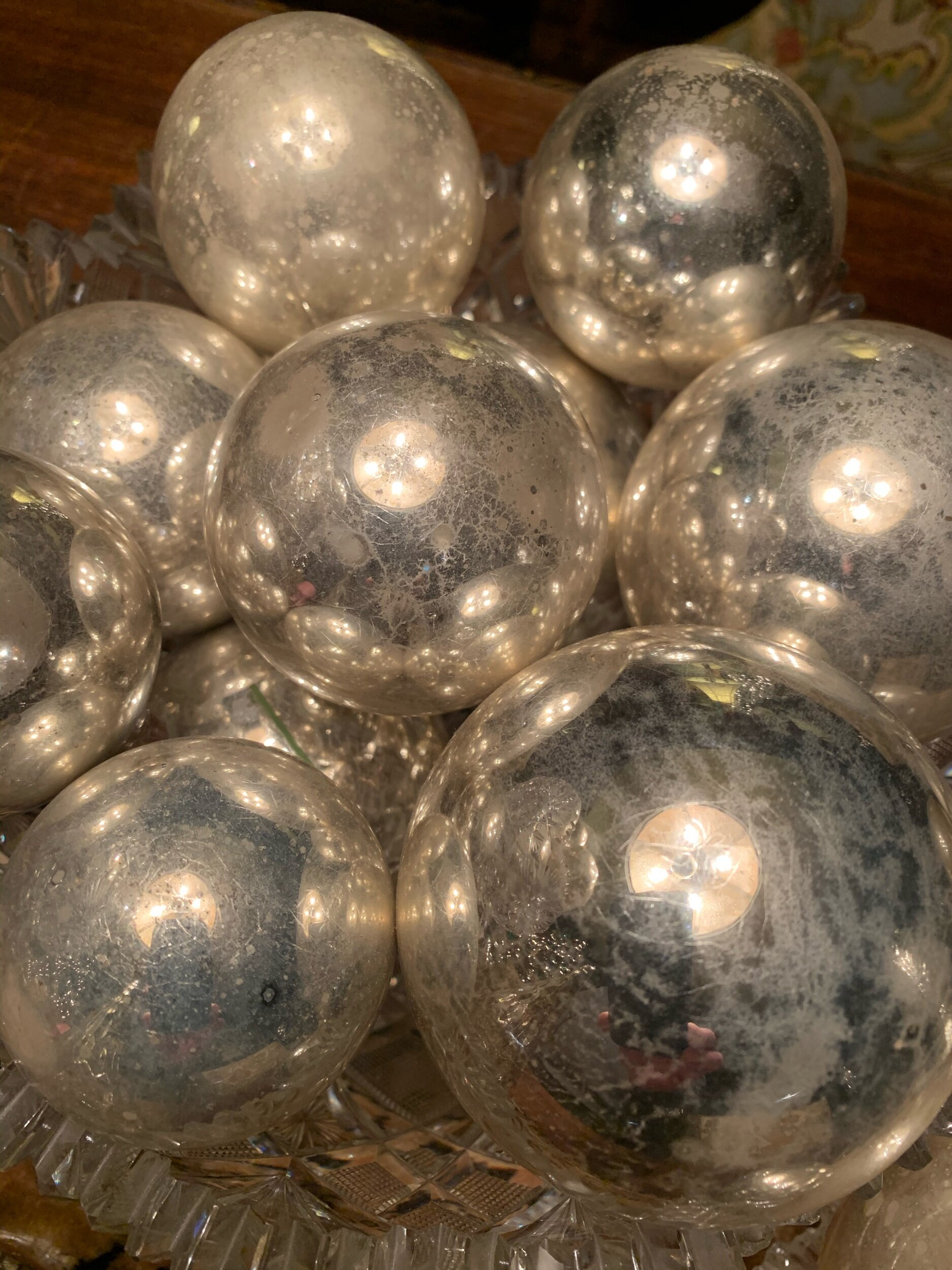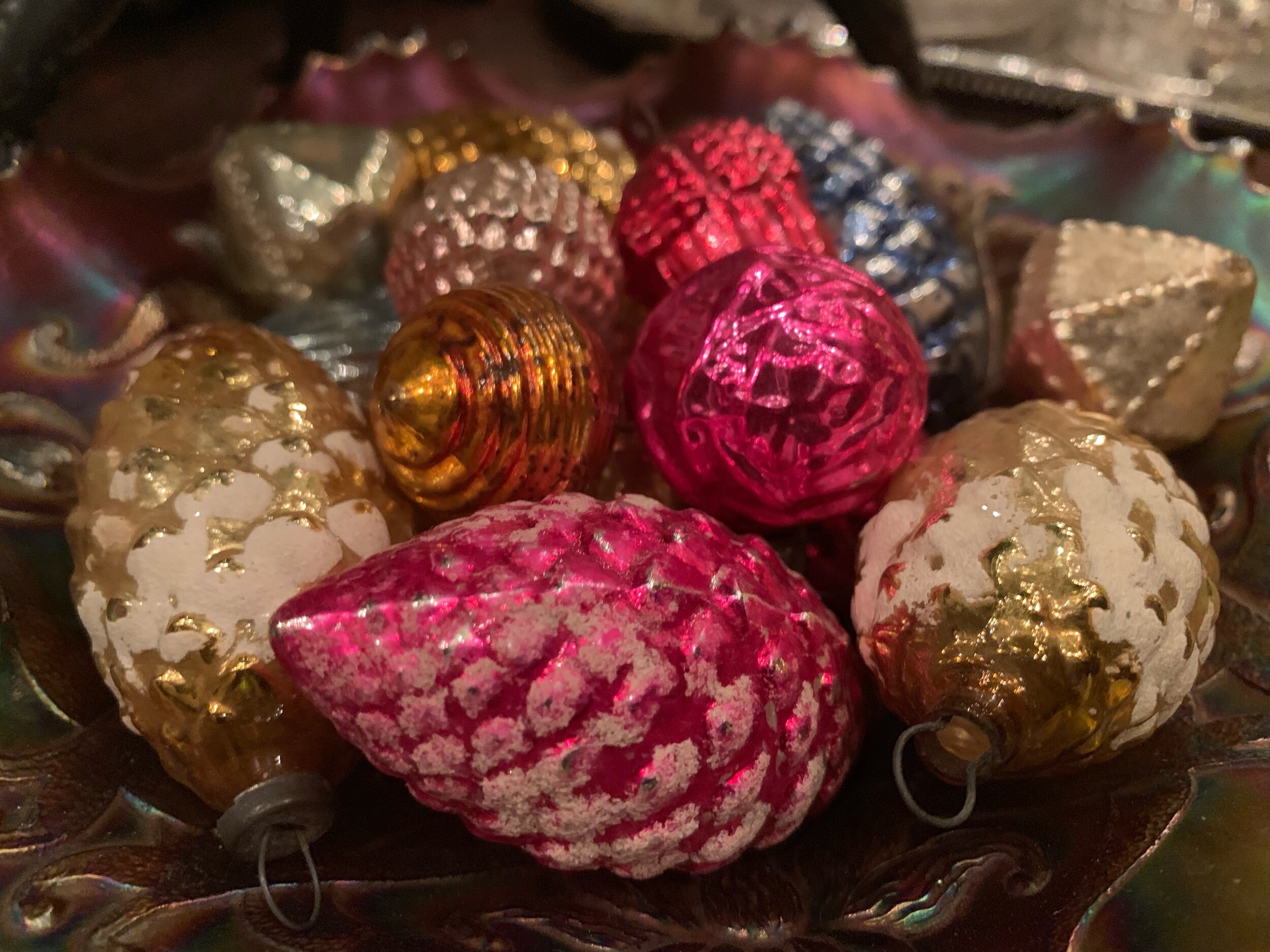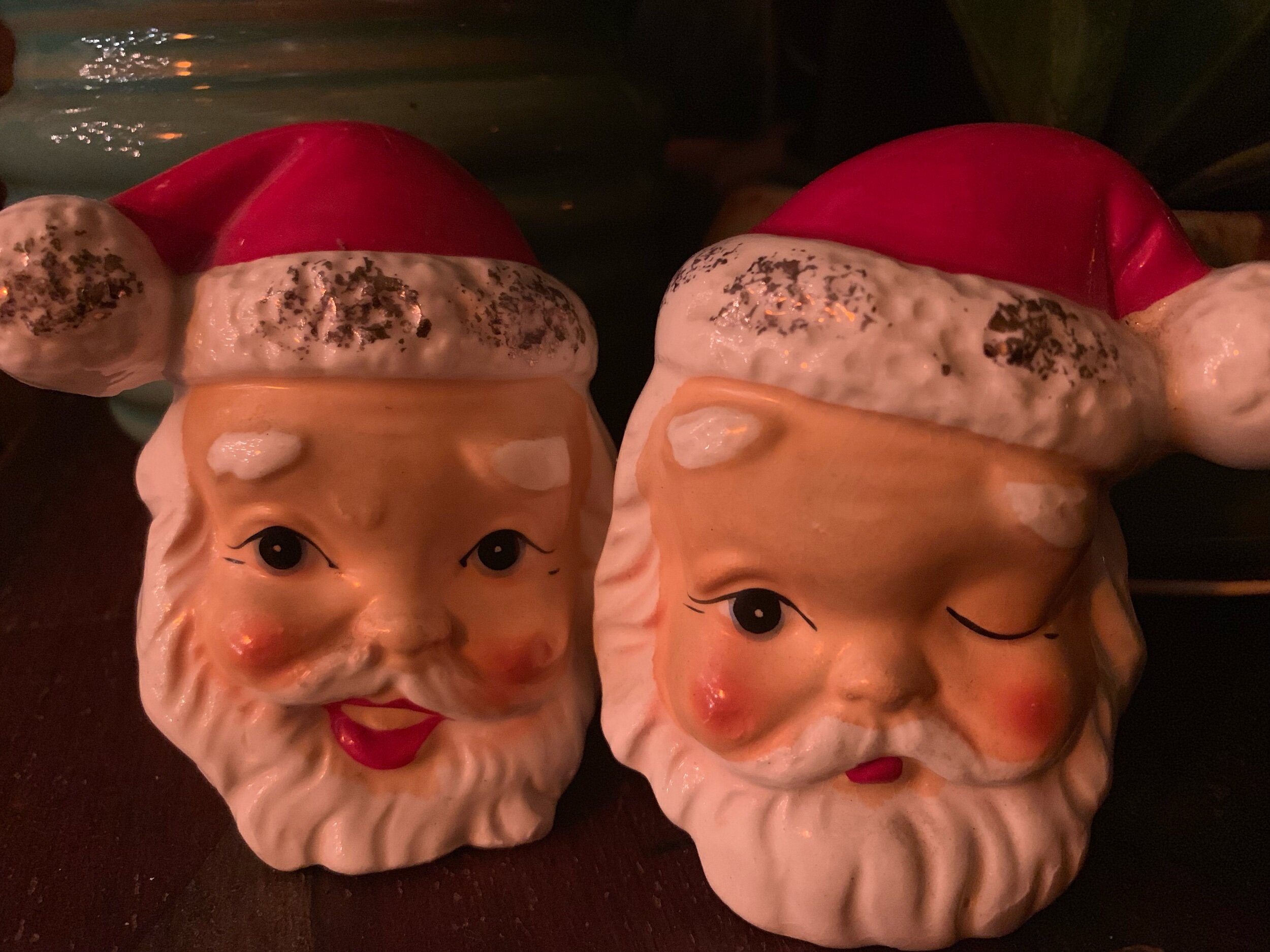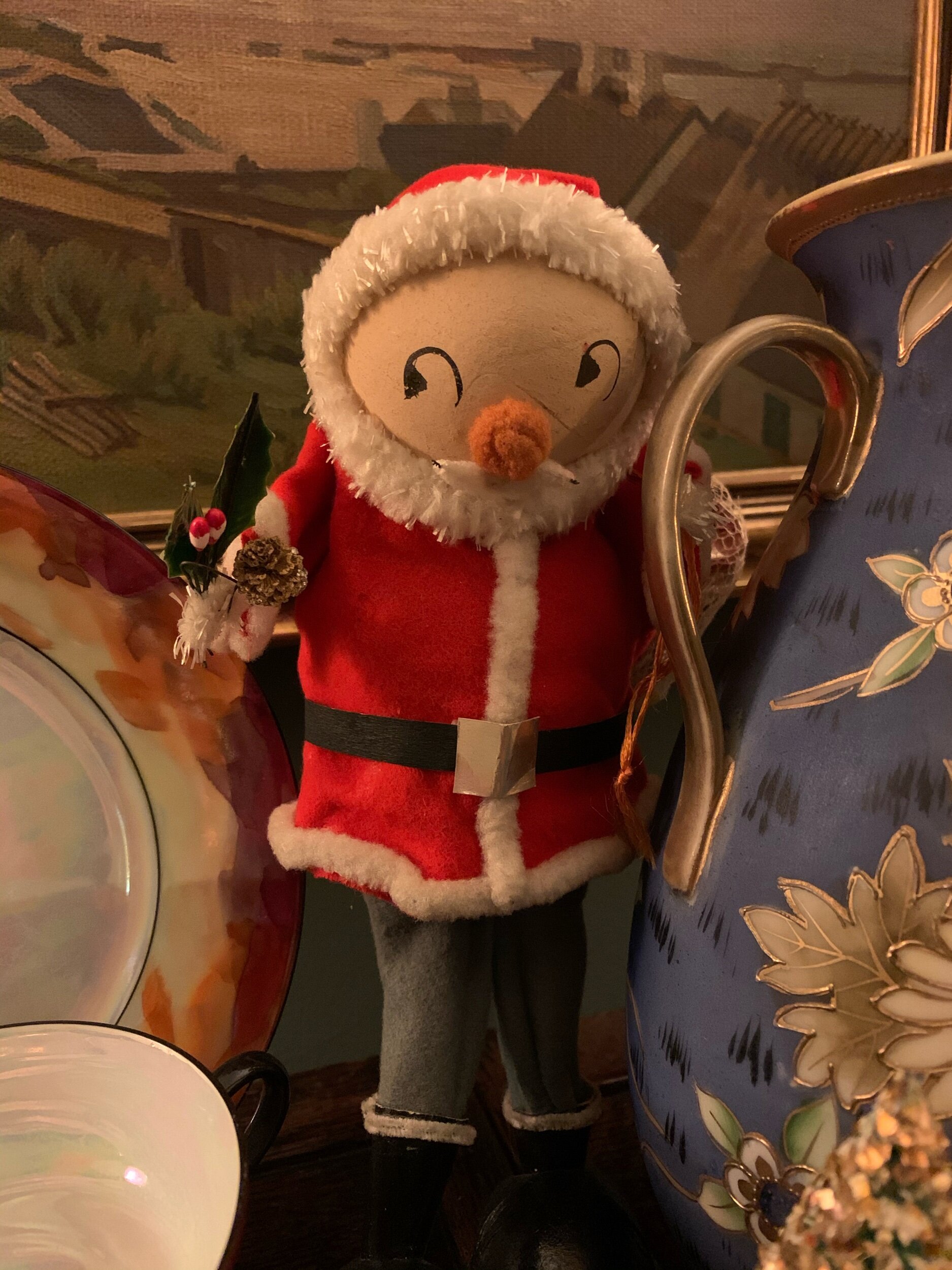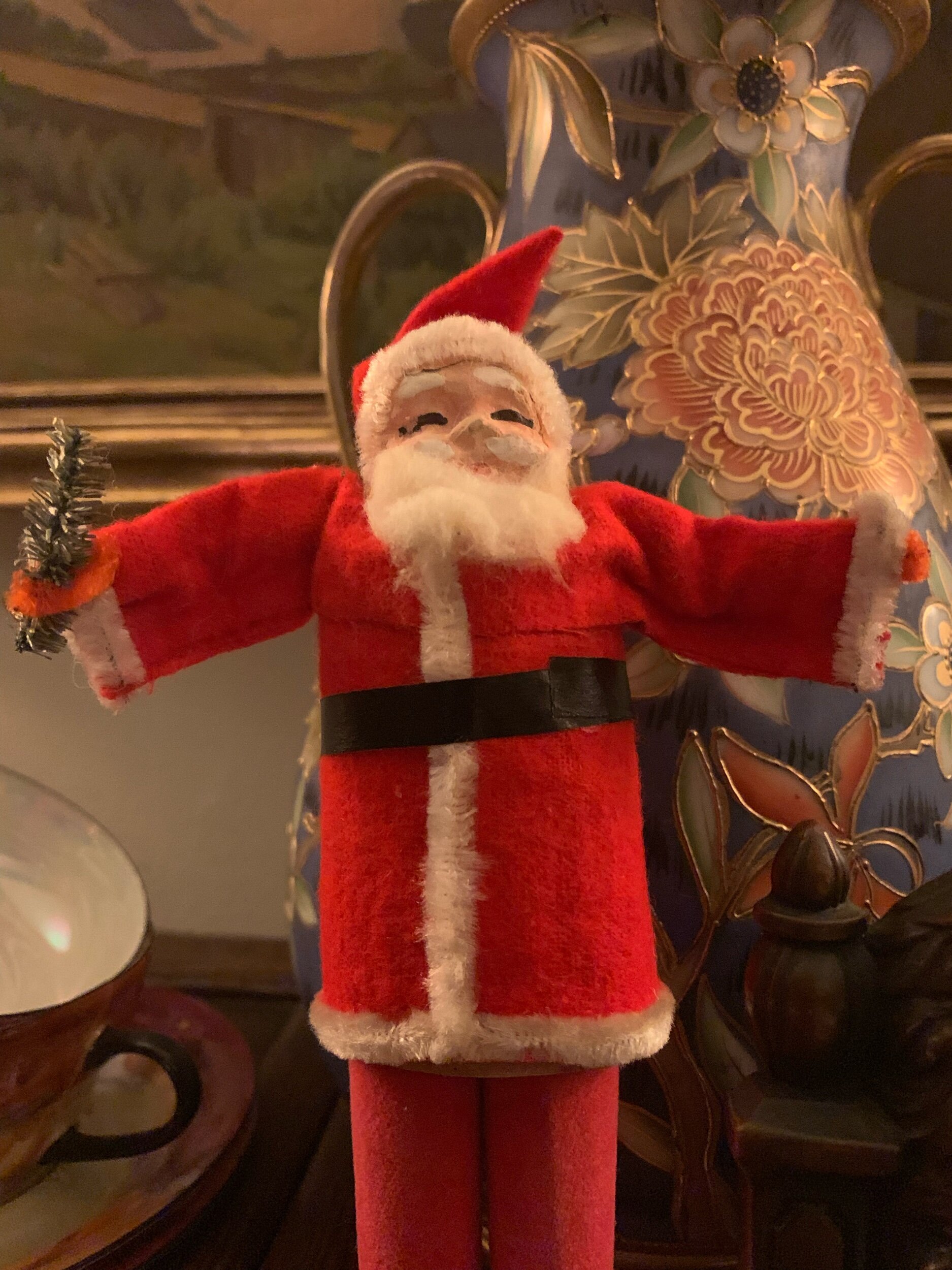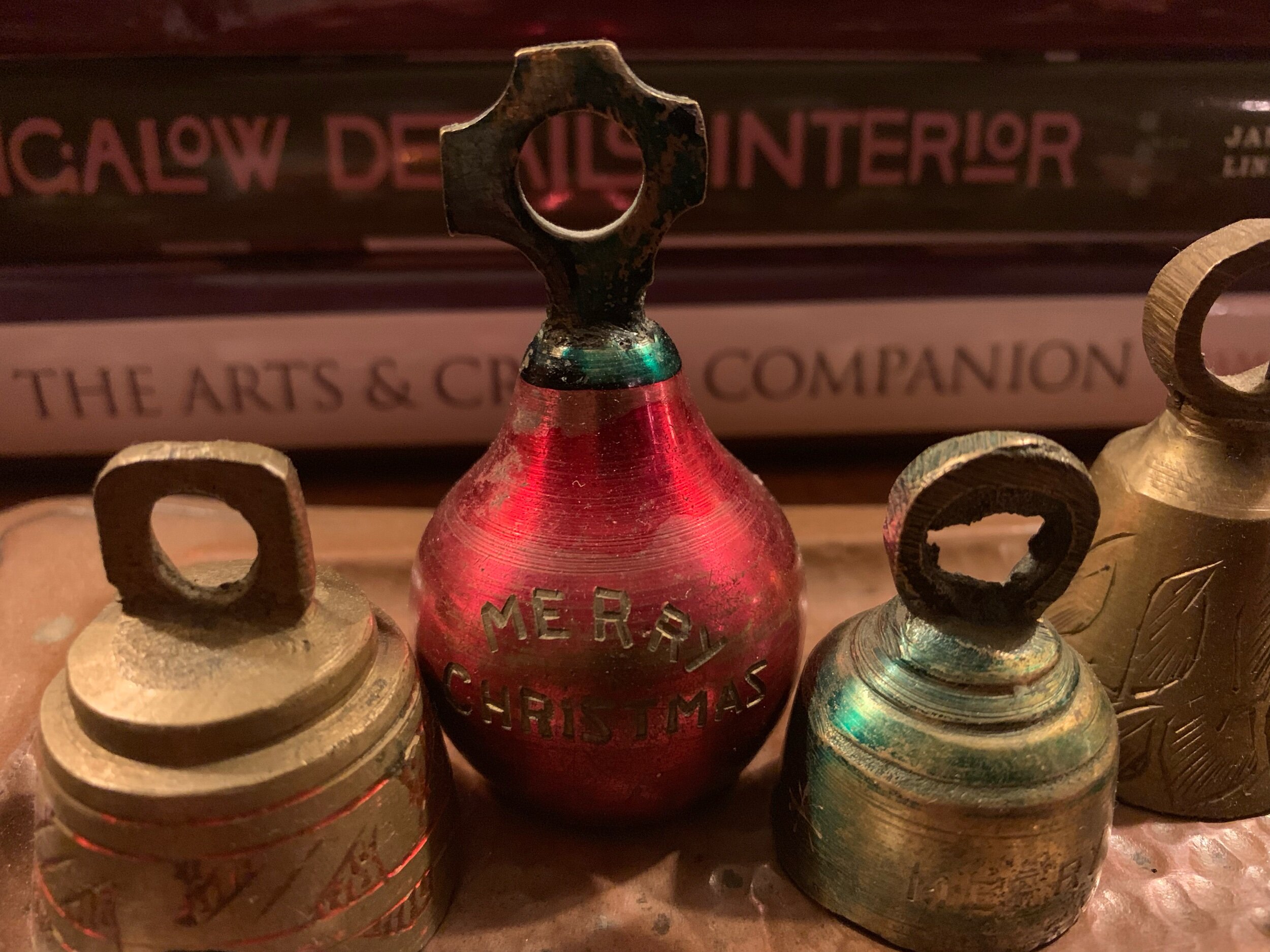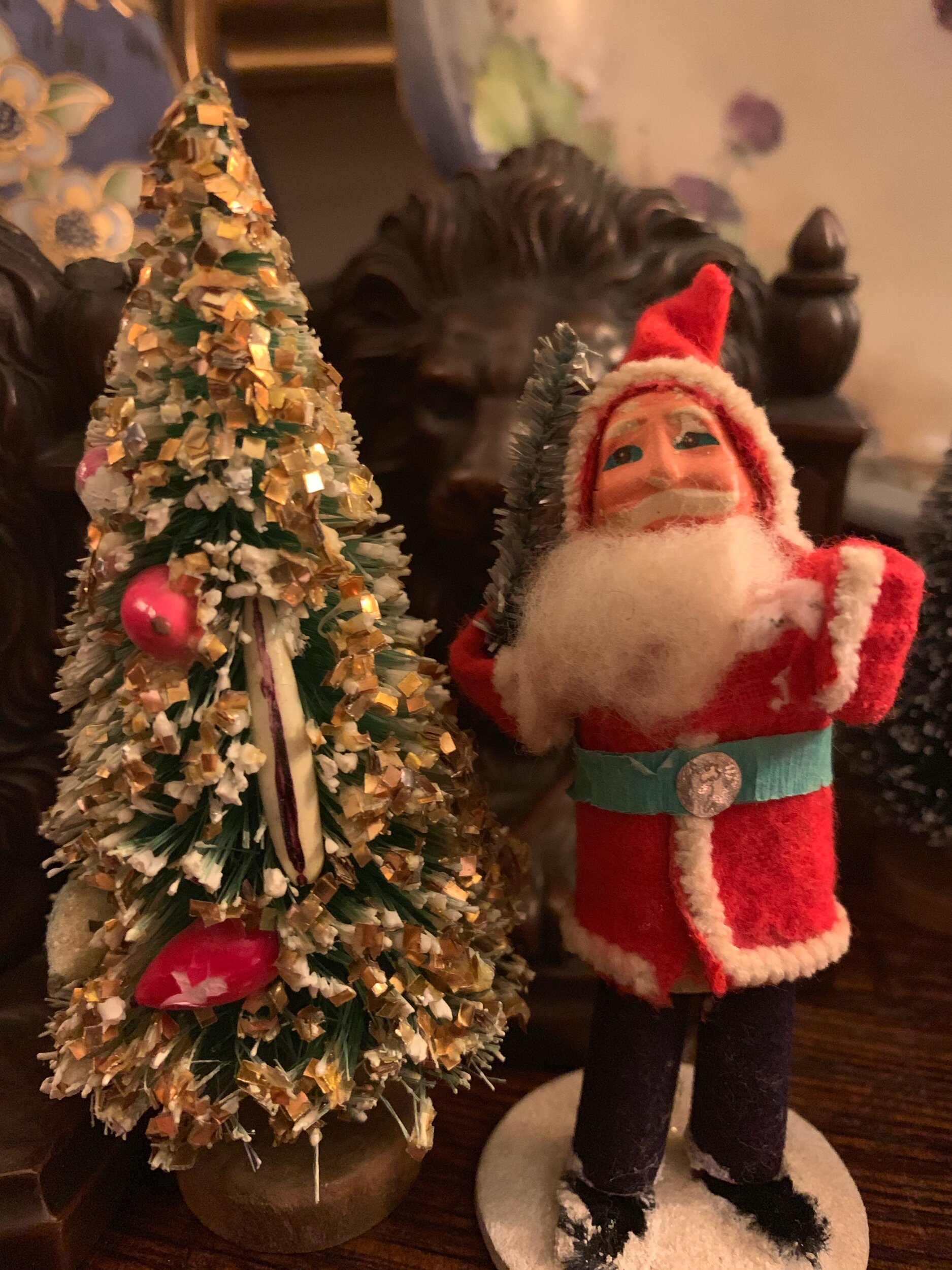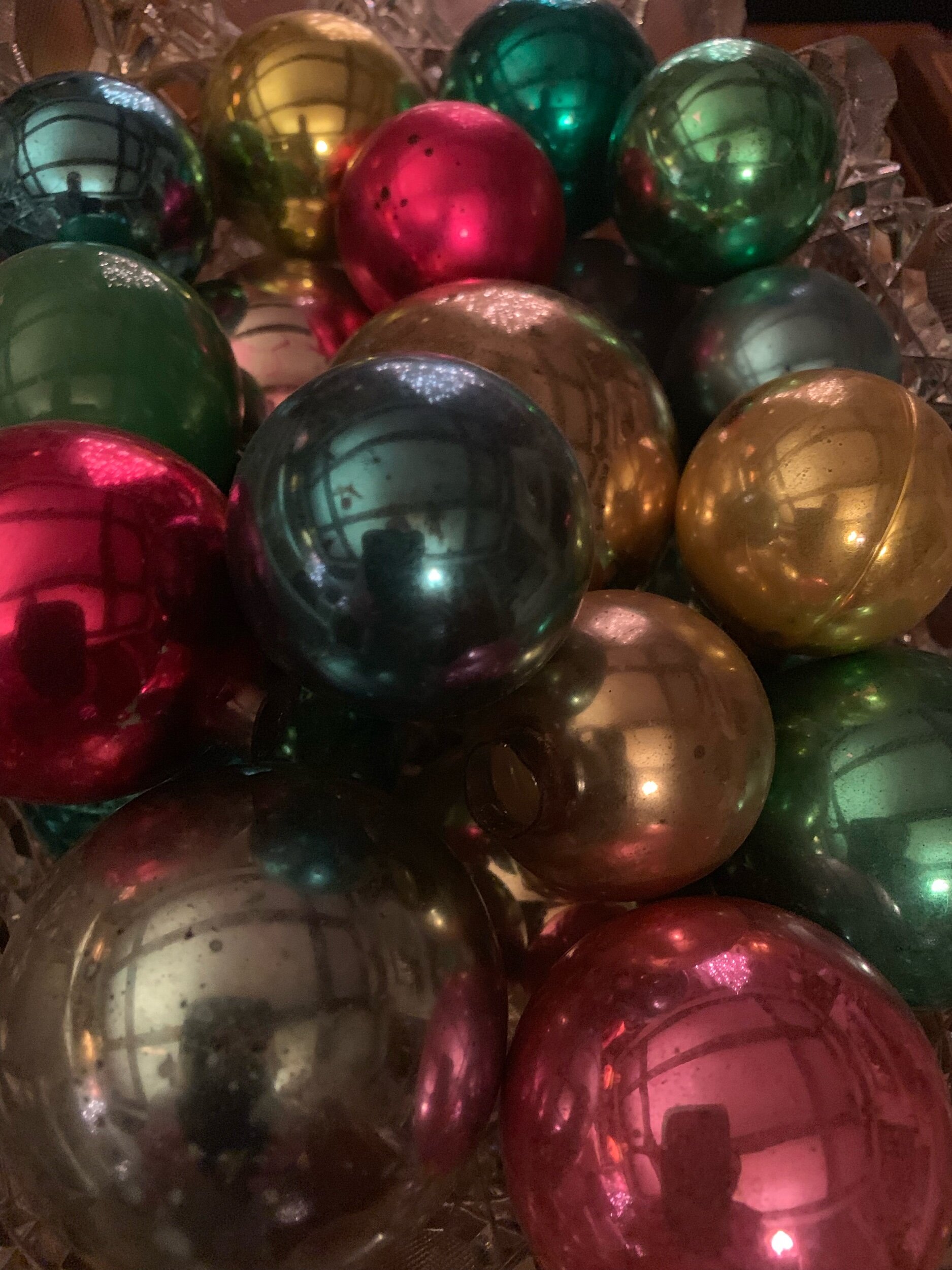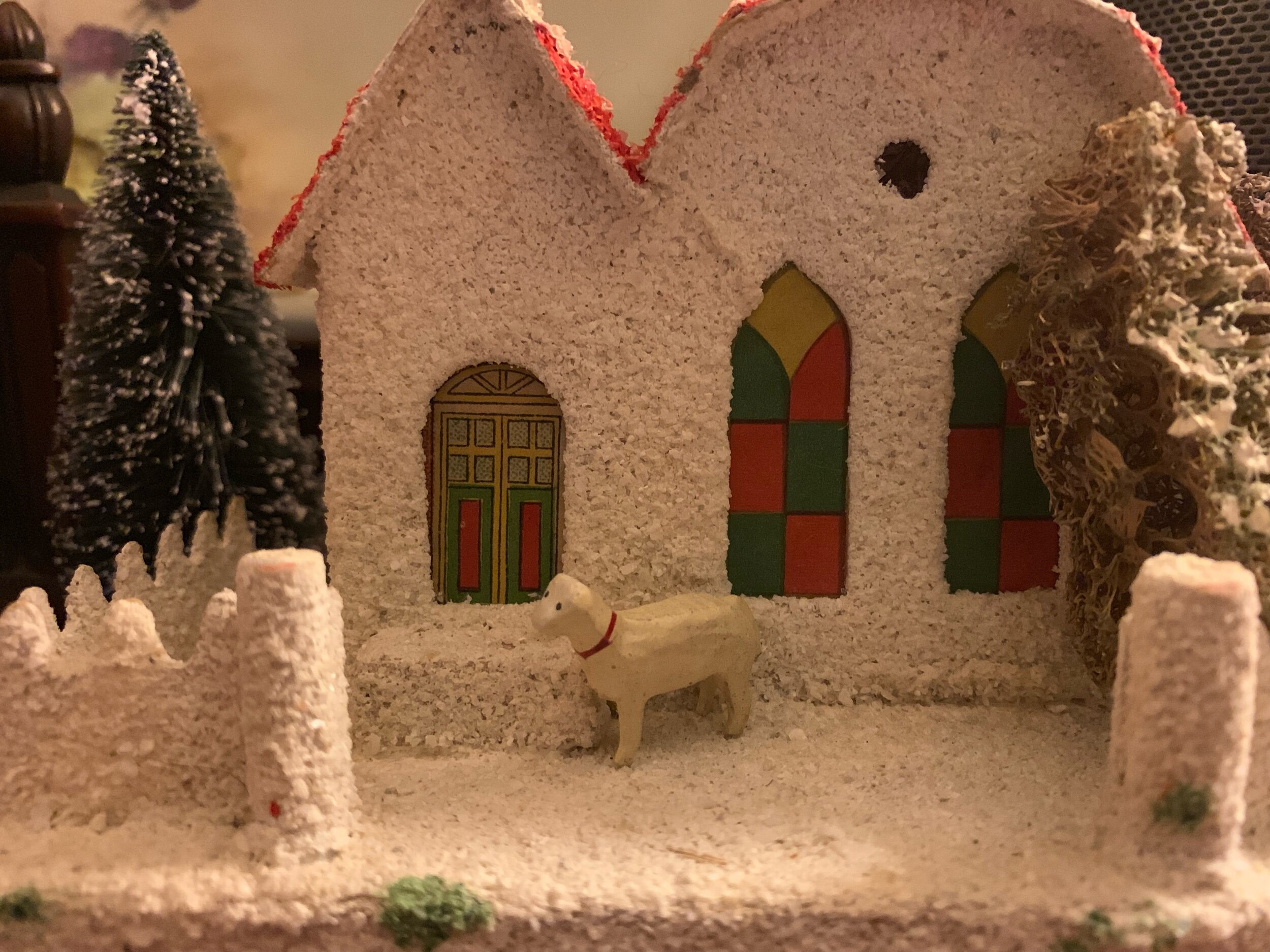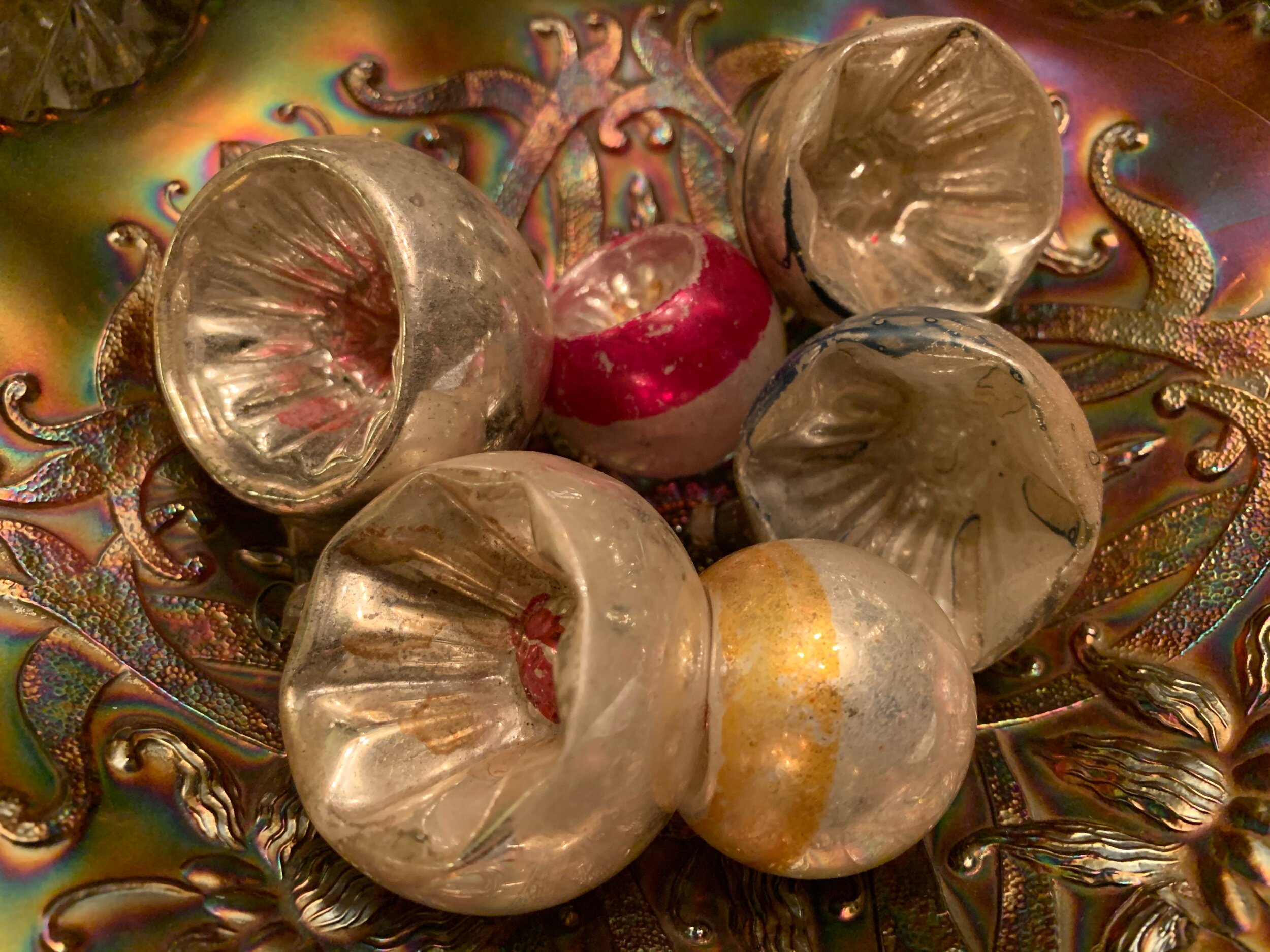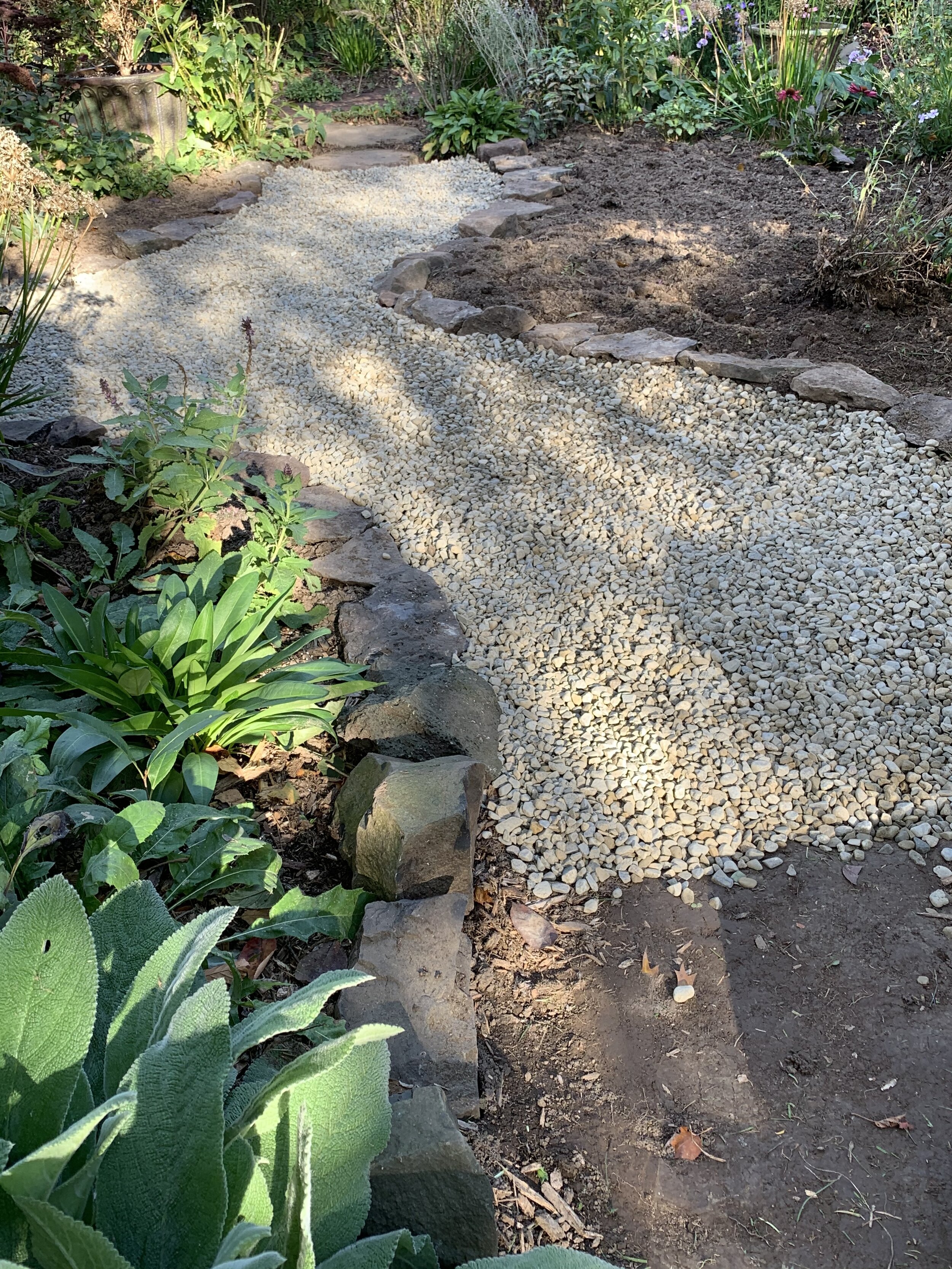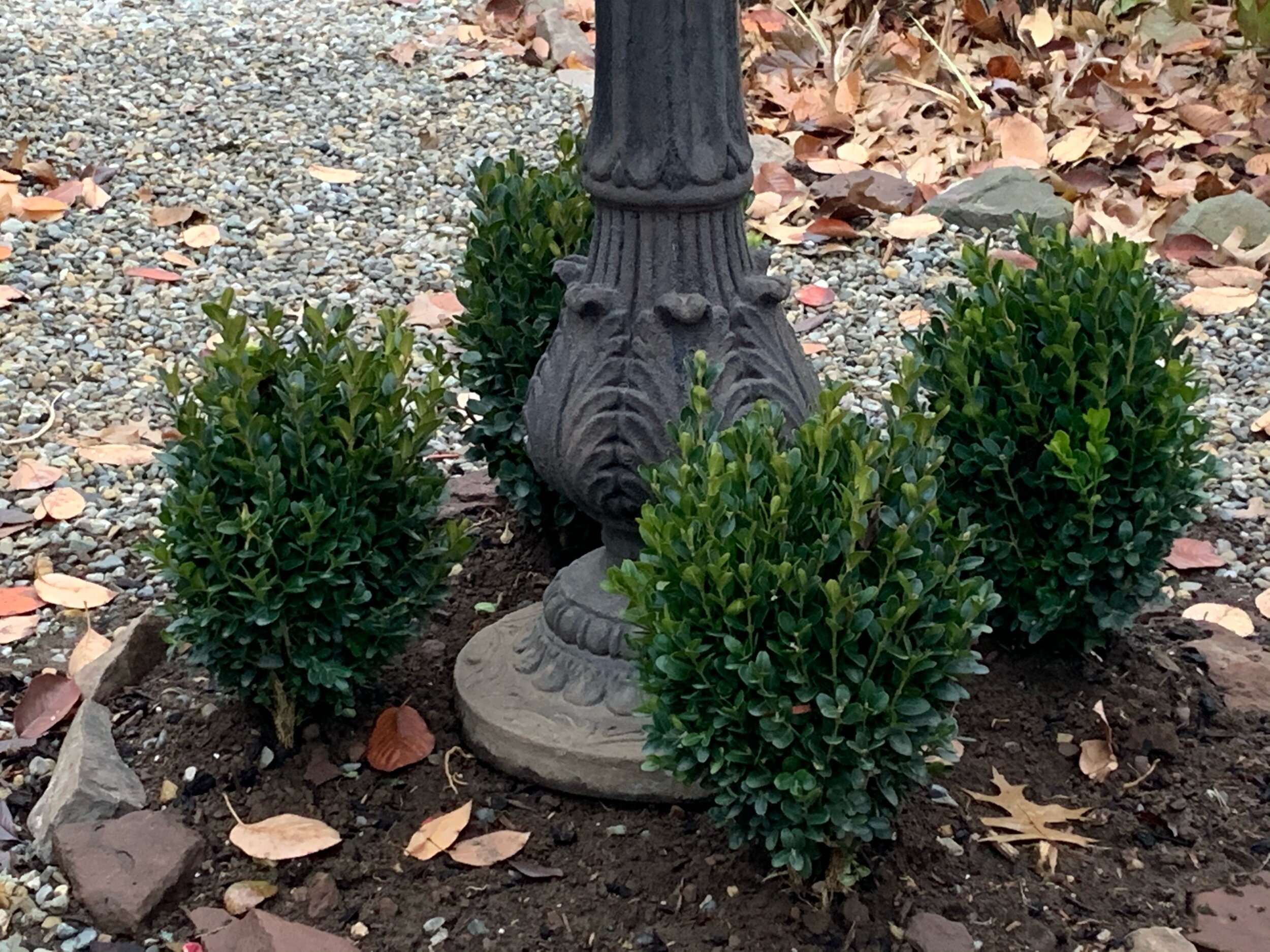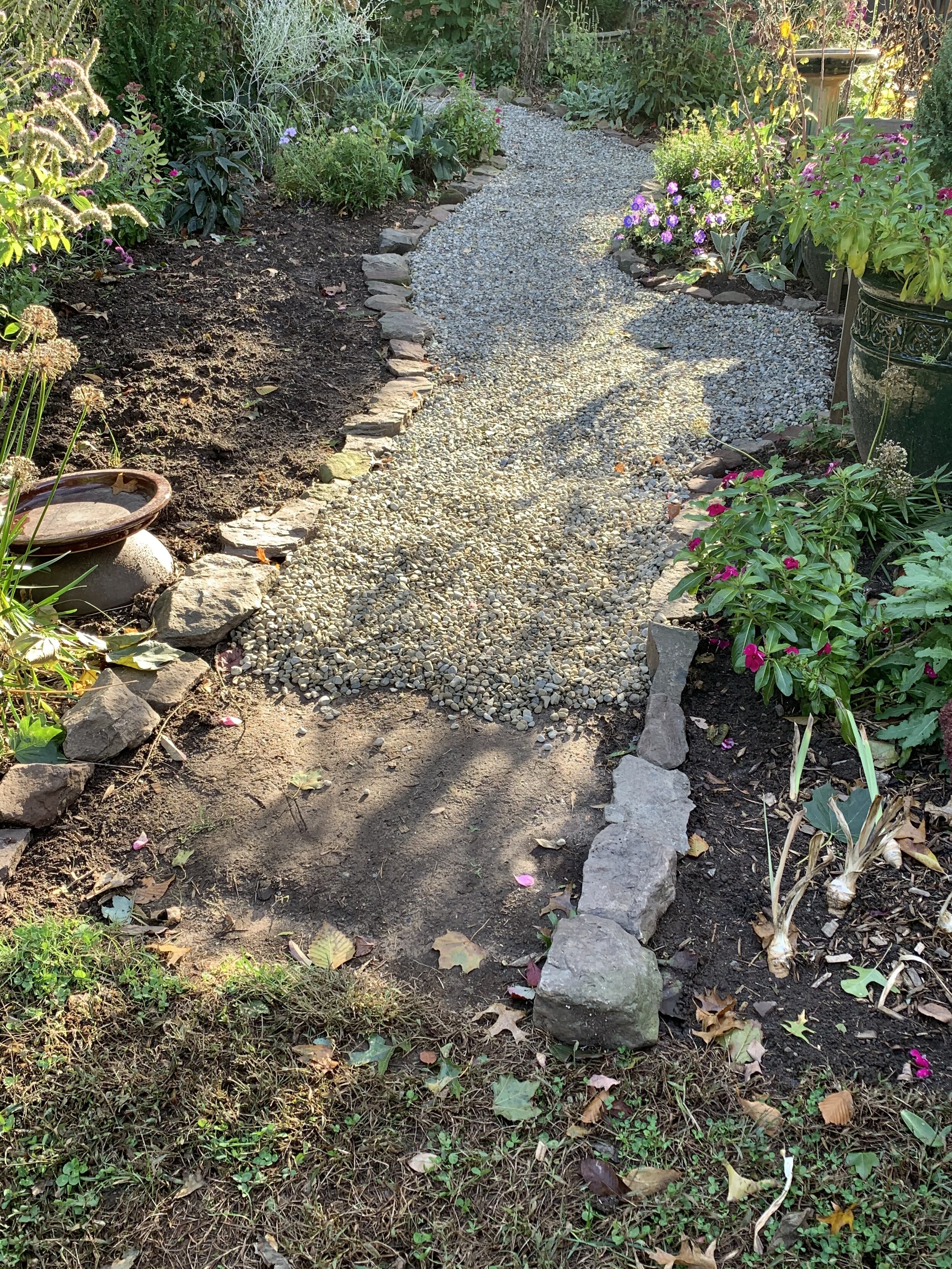The January Landscape
Here at Elm Cottage, January and February are without question, the slowest of gardening months. The chrysanthemums and pansies of the autumn easily and quickly blend into the frenzy that becomes Christmas. In December, evergreen wreaths decorate the house, and pots of greenery and winter foliage brighten the landscape. All of this allows for the seasons to just keep going, one blending seamlessly into the next; always something fresh and new to look at. However, once the holidays are over with and the decorations come down, sometimes the January landscape can suddenly appear rather barren and cold. We try very hard for that not to happen - even in the depths of winter - as the garden should always shine.
Holiday planters can easily provide garden interest throughout the winter months with just some minor adjustments
One of the easiest ways to continue garden interest at this time of the year is to keep outside containers going strong. Depending upon your paricular gardening zone and climate, it certainly may be possible to have a good amount of variety at this time of the year - even with using things left over from fall plantings - like pansies, which do survive the winter months in many areas. The autumn standbys of cabbage and kale may seem to have been done with come Christmastime, but if you can keep them going (or even store them away temporarily during the holidays and then bring them back out again) you will be very appreciative of their rich color and striking foliage come January. Cyclamen, hellebores, and certain bulbs - such as snowdrops - may even be something that you can work with in your particular part of the world right about now. These flowering beauties truly help to add some much-needed color and life to an otherwise barren landscape.
Here in USDA Zone 7, not all of those things are possible in January, so I work with what I have. Yes, my pansies and kale are still looking pretty good, so I am using them in some of my containers. No flowering bulbs are yet present here, but come late February and into March I do hope to start to see some life. Until then, one of the best things that I can recommend is to keep your ‘holiday’ planters going strong. If, for the holidays, you tucked evergreen branches into some of your pots or planters, let them stay! If your arrangement is looking particularly ‘Christmassy’ due to red berries, or the like, then remove those and leave the rest in place. Maybe add a few branches of something freshly cut from the garden, or some new greenery if it seems to need some refreshing. WIth just some minor alterations, holiday planters can easily last from November through the winter and well into March.
Of course, one of the best things to do in order to have something to look at in the garden during the winter months is to plant things that will provide such interest initially. When visiting a garden center or nursery in May or June, most of us find that we are preoccupied with all of the pretty flowers that are in bloom at that very moment. Even the beautiful perennials lined up and looking green and healthy, but not yet in bloom, do not catch our attention. And this is a mistake. To have true garden interest, we need to have things blooming (or at least of interest) throughout the year. Many of our gardens have a grand flush of flowers during one season only - usually late spring to early summer - and then trail off for the rest of the year with only some sporadic things blooming here and there.
And winter is of course the time in the garden that lacks the most amount of forethought when planning a garden. All gardens need winter interest. And that can easily be obtained by planting even a few evergreens. Conifers, holly, rhododendron - so many plants can add that particular structure a winter garden truly needs; it’s just a matter of determining the right plant for the right location and picking some of your favorites. Evergreens will ground your landscape and provide structure and interest all year long. They should be the first things planted, in fact, when planning a new garden; they are without doubt the anchors of any good garden design. So if your January landscape is looking just a little bit bleak right about now, consider adding some evergreens - even if only in the form of seasonal planters. Anything that we can do at this time of the year to give some life to our outdoor spaces is welcome, indeed!
Until next time…














